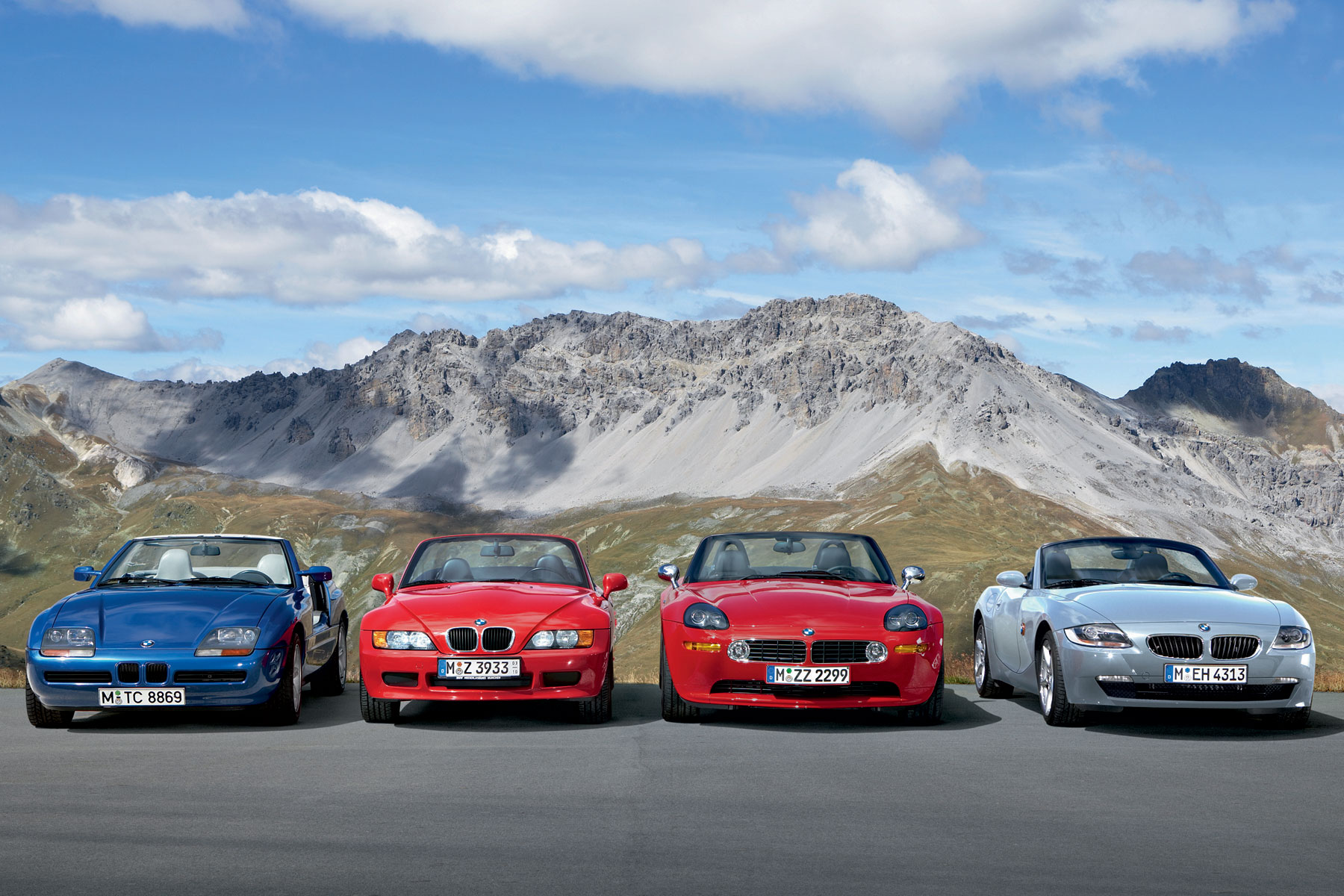
The new BMW Z4 made its European debut at the 2018 Paris Motor Show and is the latest in a long line of Z cars dating back to the 1980s. Here, we chart the history of BMW’s Z cars, from the Z1 to the new ‘G29’ Z4. But first, a look at one of the ancestors…
Fit for The King
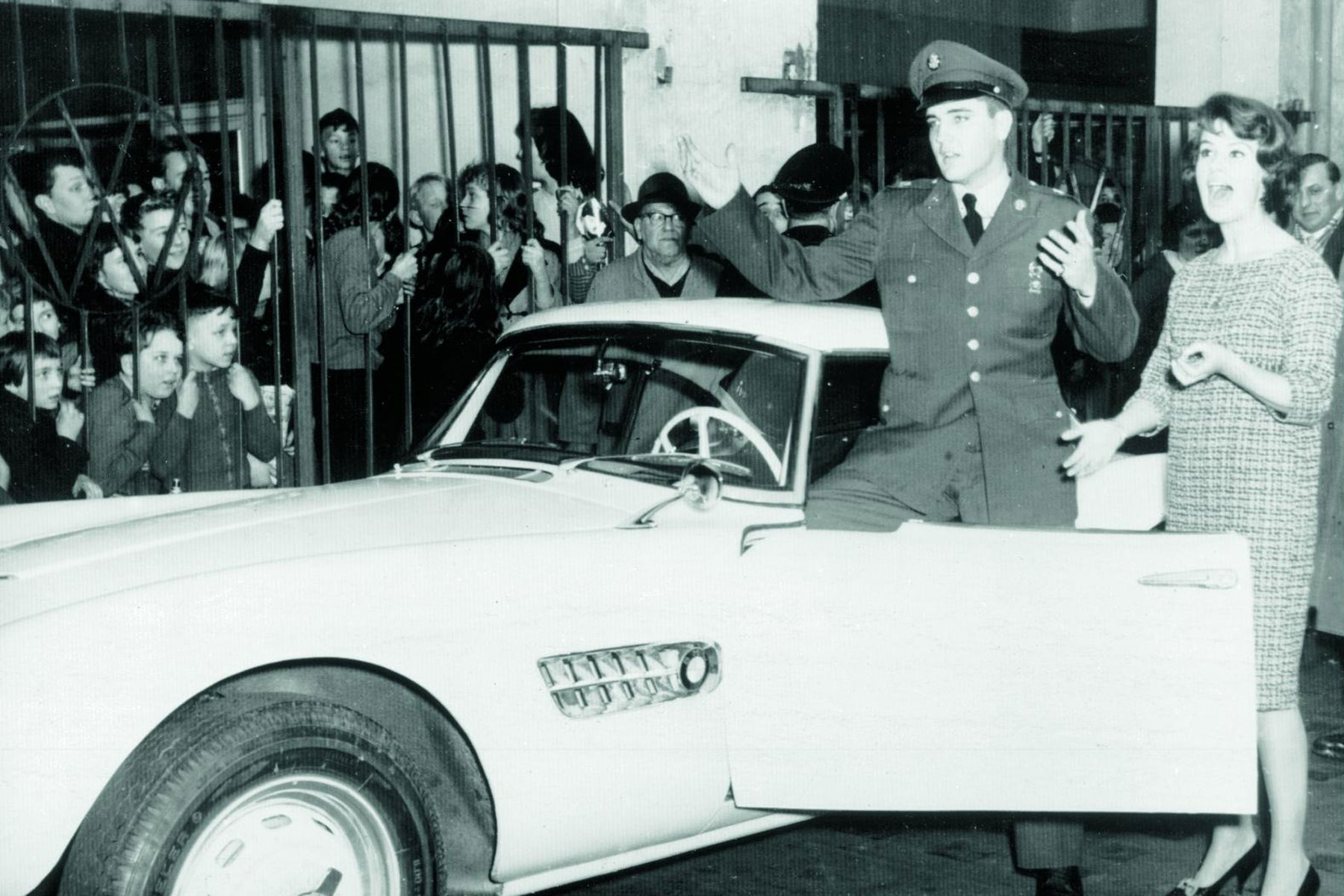
It had been a long time coming. Until the Z1 arrived in the Italian town of Punta Ala ahead of its big reveal, the two-seater sports car had been absent from the BMW range since the 1950s. That car was the V8-engined 507, a sports car so beguiling it was fit for The King. Elvis Presley, that is…
BMW 507
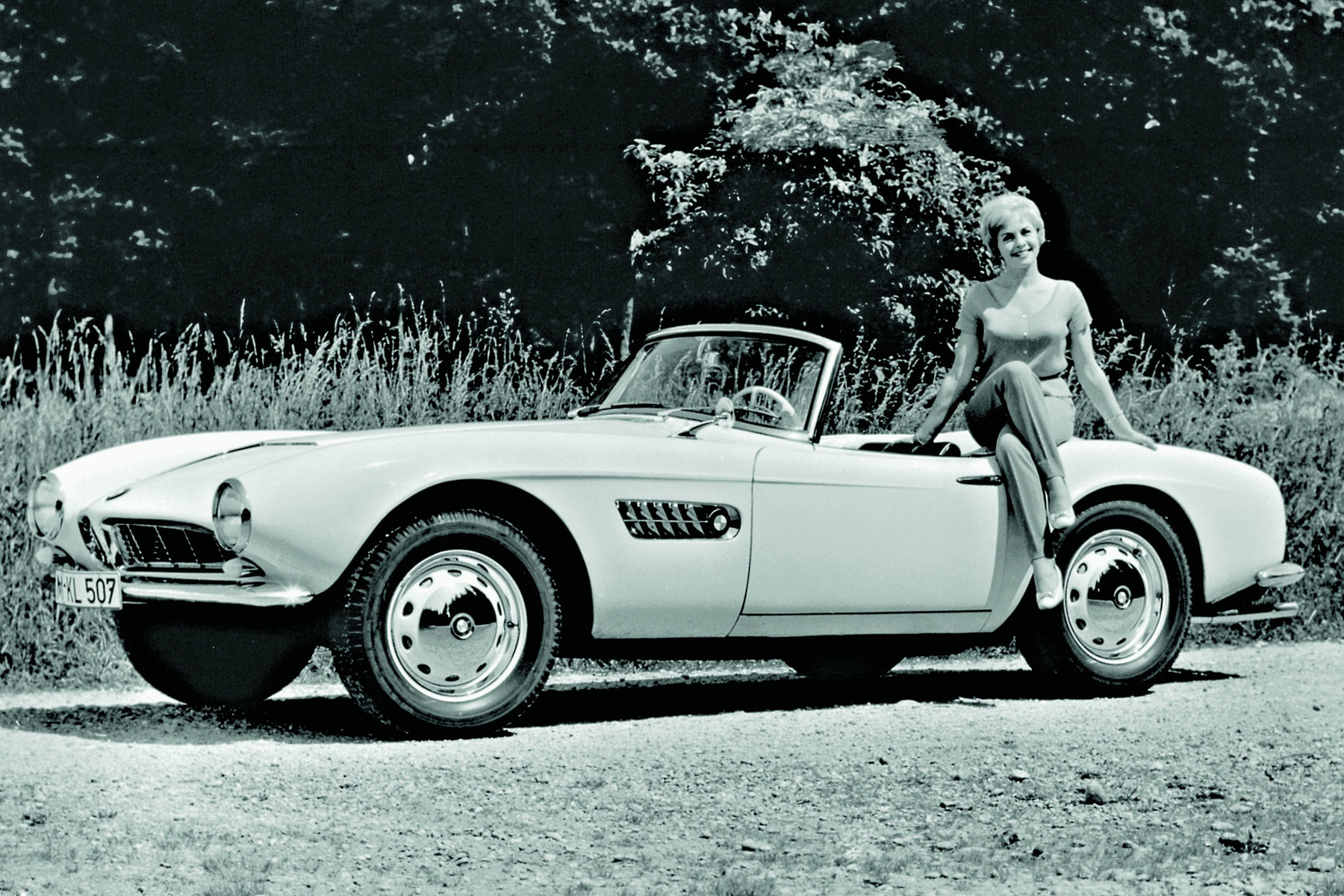
A tough act to follow, for sure, but not to the extent that you would turn your back on the sports car market for the best part of three decades. Yet that’s precisely what happened. When BMW 507 number 252 was shipped to its owner, it signalled the end of BMW two-seater sports car production until the board of management came up with the idea of creating a new department. A creative think tank, where engineers, technicians and designers were given free rein to work on turning concepts into reality.
BMW Technik GmbH
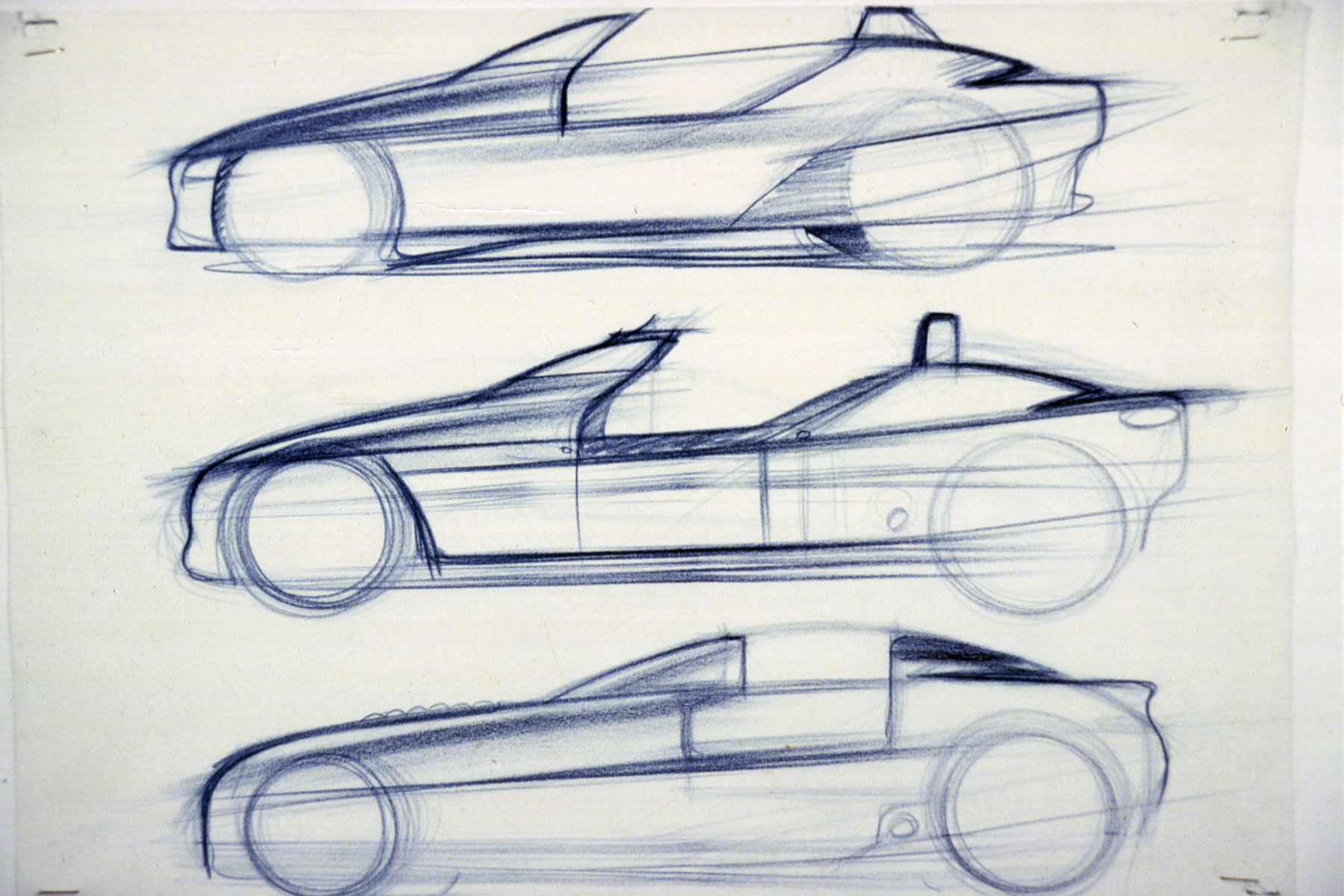
The name of the company was BMW Technik, known internally as ZT. Within just six months, the 60-strong team had delivered a range of concepts under the name of ‘Z1’. It seemed like a long shot, but the BMW board gave the project the green light and a working prototype was presented within a year. In August 1986, BMW Technik went public with its first product: the BMW Z1, with the Z standing for Zukunft, German for ‘future’.
BMW Z1
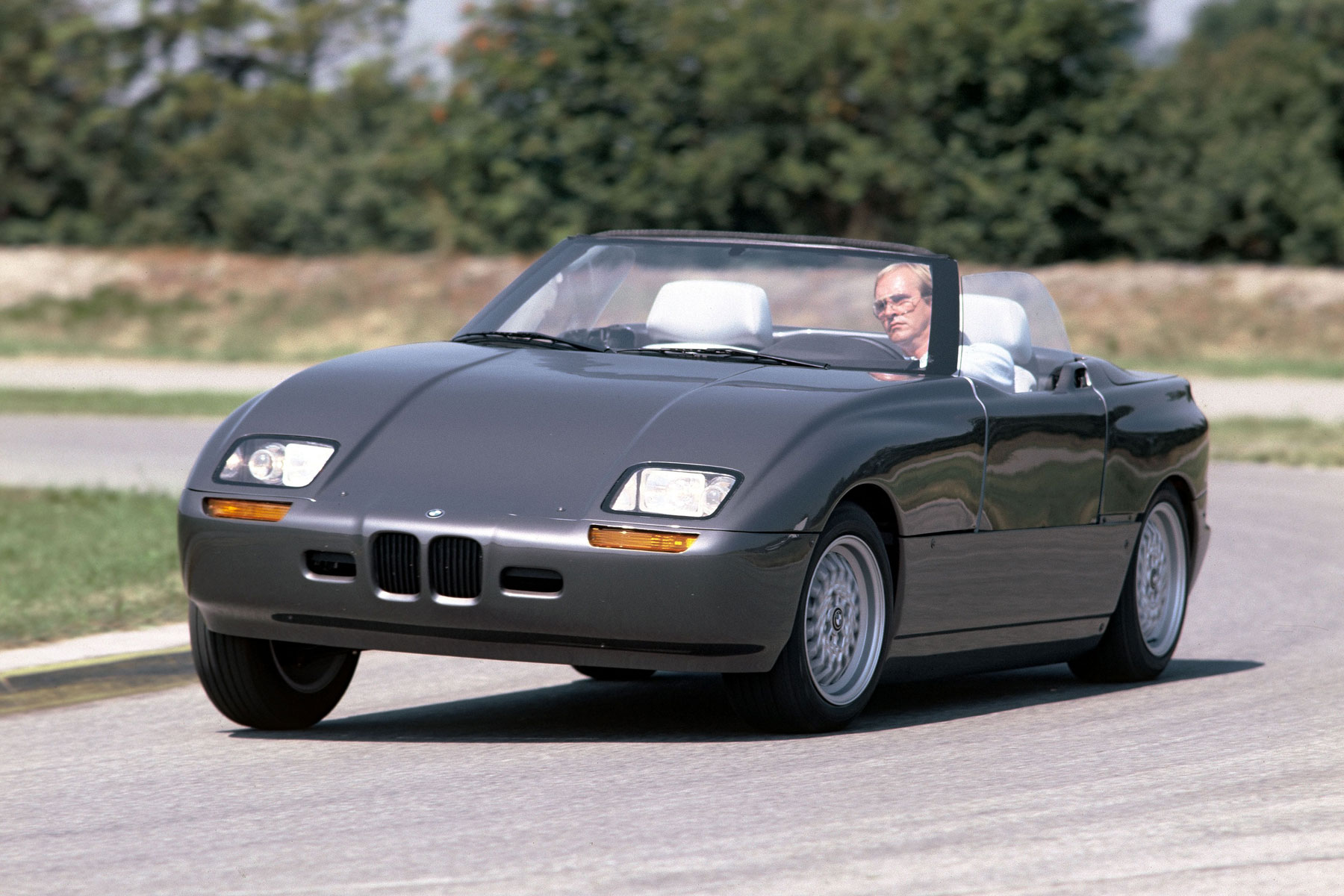
Not that the Z1 was the only fruit of BMW Technik’s labour. Within three-and-a-half years, the technology-focused company had completed 140 projects, including the steering wheel and the finned alloy wheels for the BMW M5. But the Z1 was its most high-profile effort and the car that would kick start a new era of BMW sports car production. It was put on display at the 1987 Frankfurt Motor Show and such was the response, BMW had to press forward with a production version.
BMW Z1
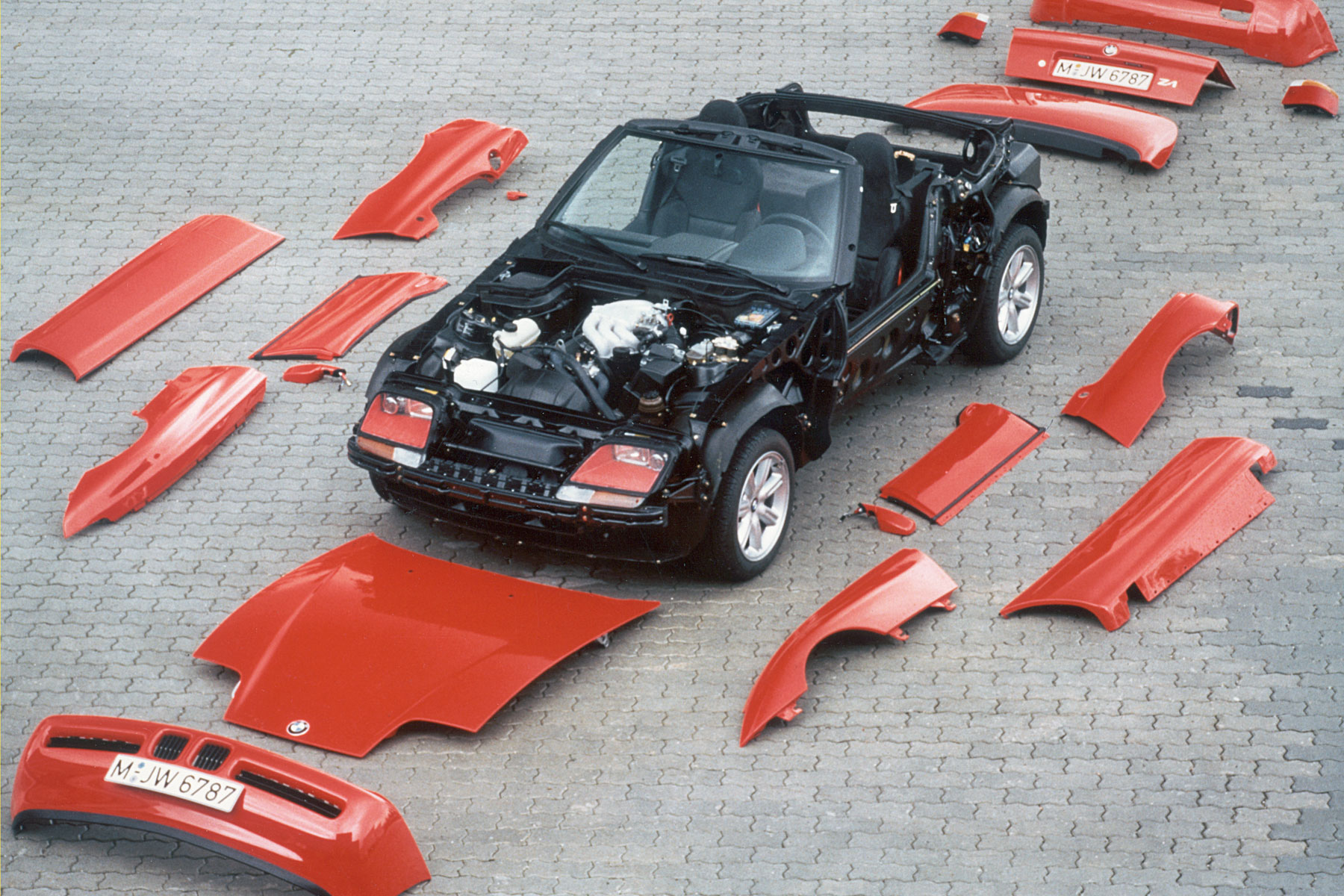
It was the brainchild of Dr Ulrich Bez, who left Porsche to join BMW in 1982, only to return to Stuttgart in 1988. His legacy was one of the most innovative and fascinating cars of the 1980s. In just over three years, BMW Technik designed, developed and built a car with a new shape, new rear suspension, new transaxle driveline and a body featuring sliding doors and PVC panels.
BMW Z1
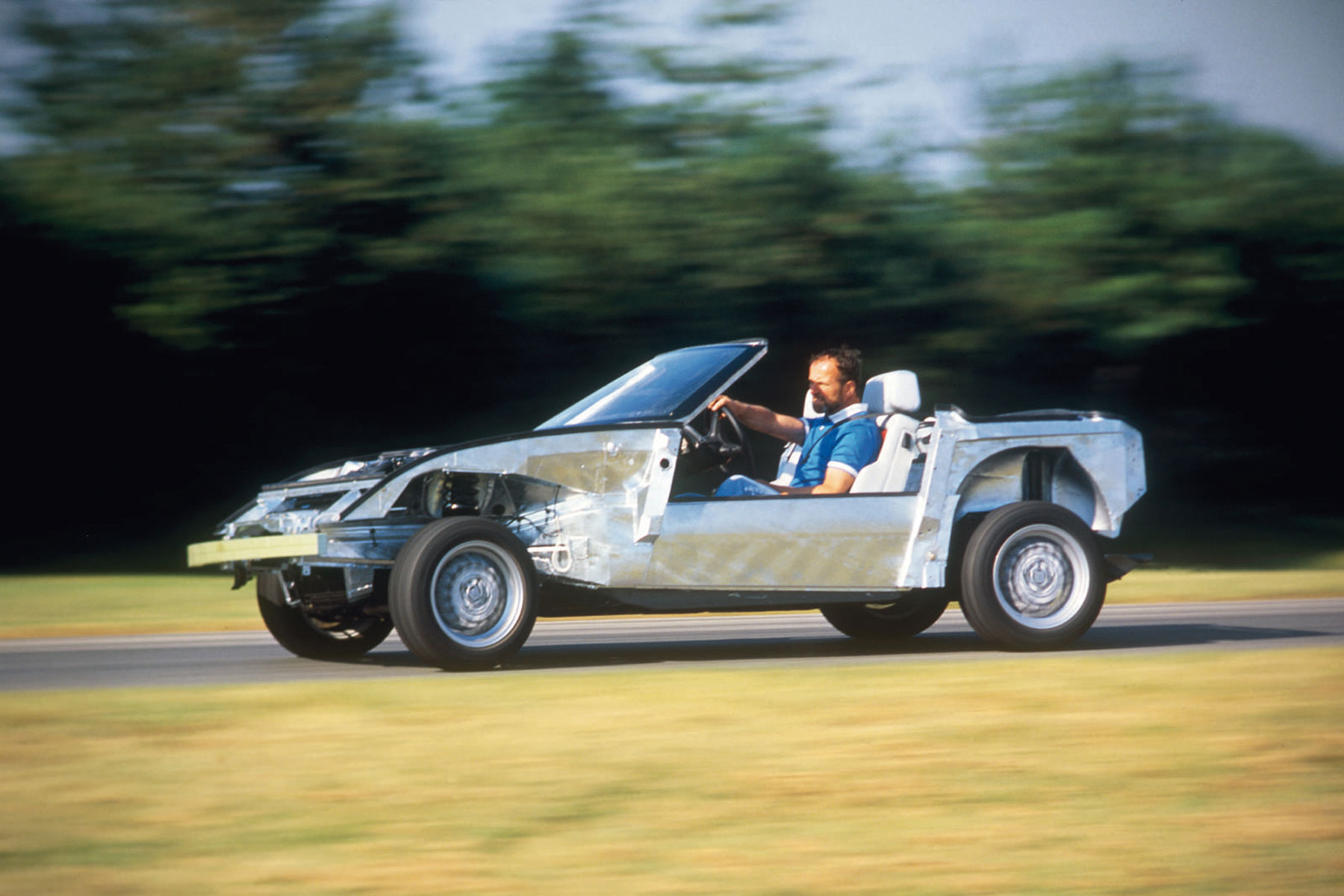
Such was the strength of the monocoque, the Z1 could be driven without any of the 13 clip-on panels in place. Indeed, the task of removing or replacing the ‘skin’ could be achieved in just 30 minutes. But the sliding doors were the Z1’s chief party trick: a feature so innovative, Gwyneth Paltrow starred in a film devoted to their genius. Probably.
BMW Z1
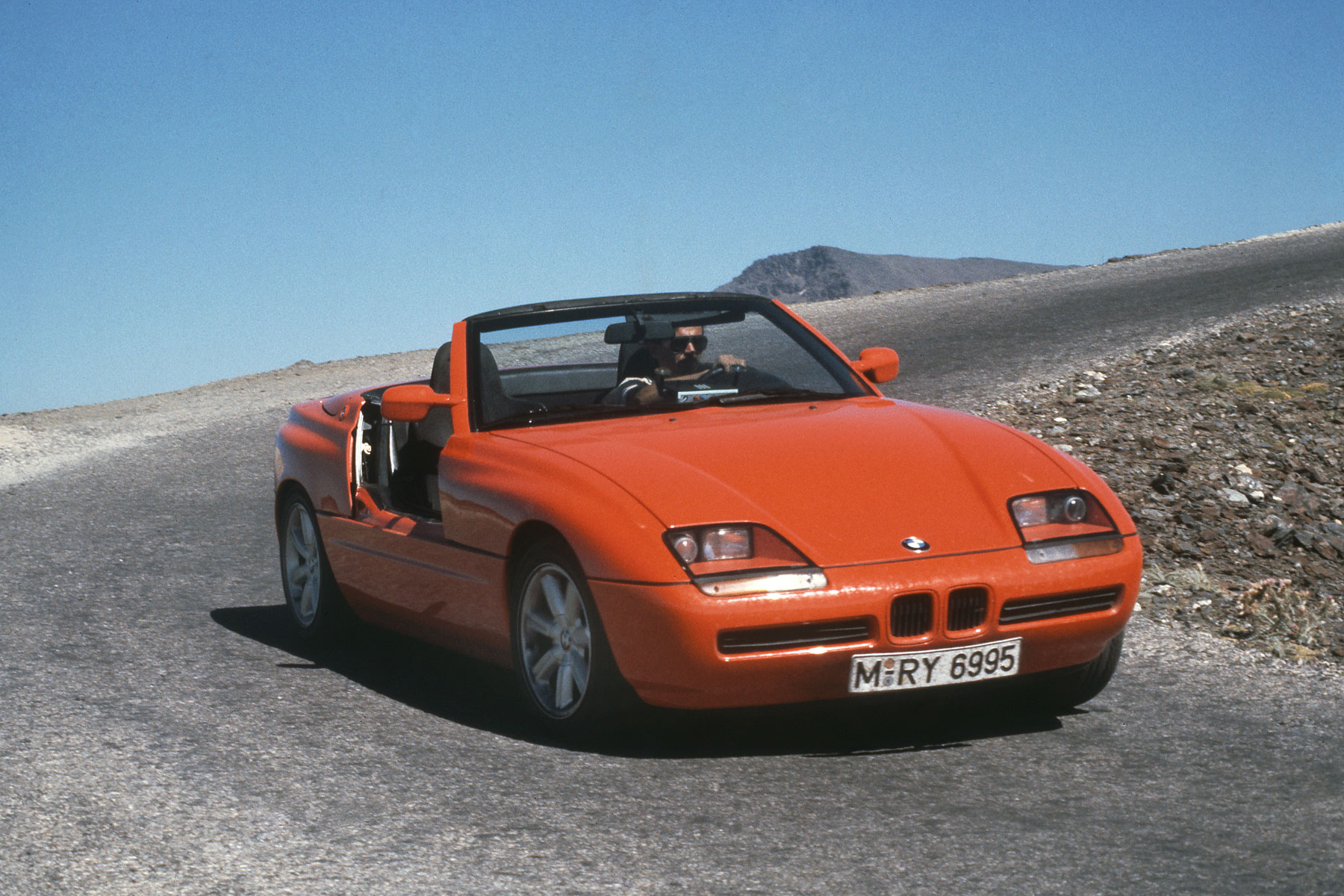
From a driver’s perspective, there was more to the Z1 than a pair of trick doors. At its heart – or rather, at its ‘front-mid’ – was the 170hp straight-six engine from the BMW 325i. By mounting it 10 inches further back, the engineers achieved near-perfect 49:51 front-rear weight distribution. Furthermore, what BMW described as “go-kart-like handling” was achieved by a new multi-link axle comprising two transverse control arms and one longitudinal control arm. It was dubbed the ‘Z-axle’.
BMW Z1
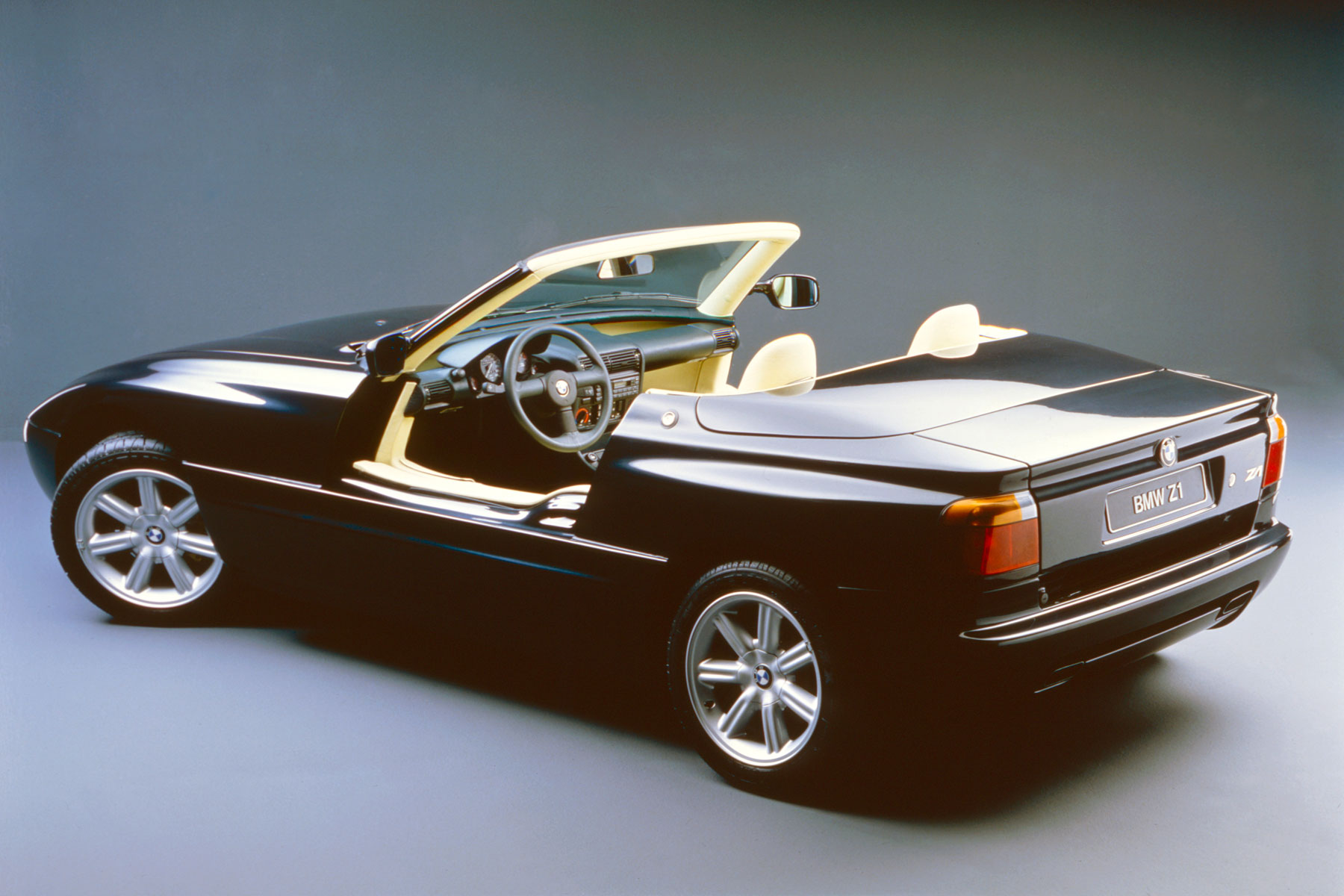
Initial response was overwhelmingly enthusiastic. As the first Z1 rolled off the assembly line in early 1989, BMW had received 4,000 orders and production was sold out until the end of 1990. It wasn’t cheap, but a list price of 83,000 Deutschmarks didn’t deter buyers. Indeed, sales contracts were changing hands for 20,000 Deutschmarks. After a run of 8,093 cars, production ended in June 1991. A right-hand-drive version was never built, but that didn’t stop unofficial sales in the UK.
BMW Z1 Coupe
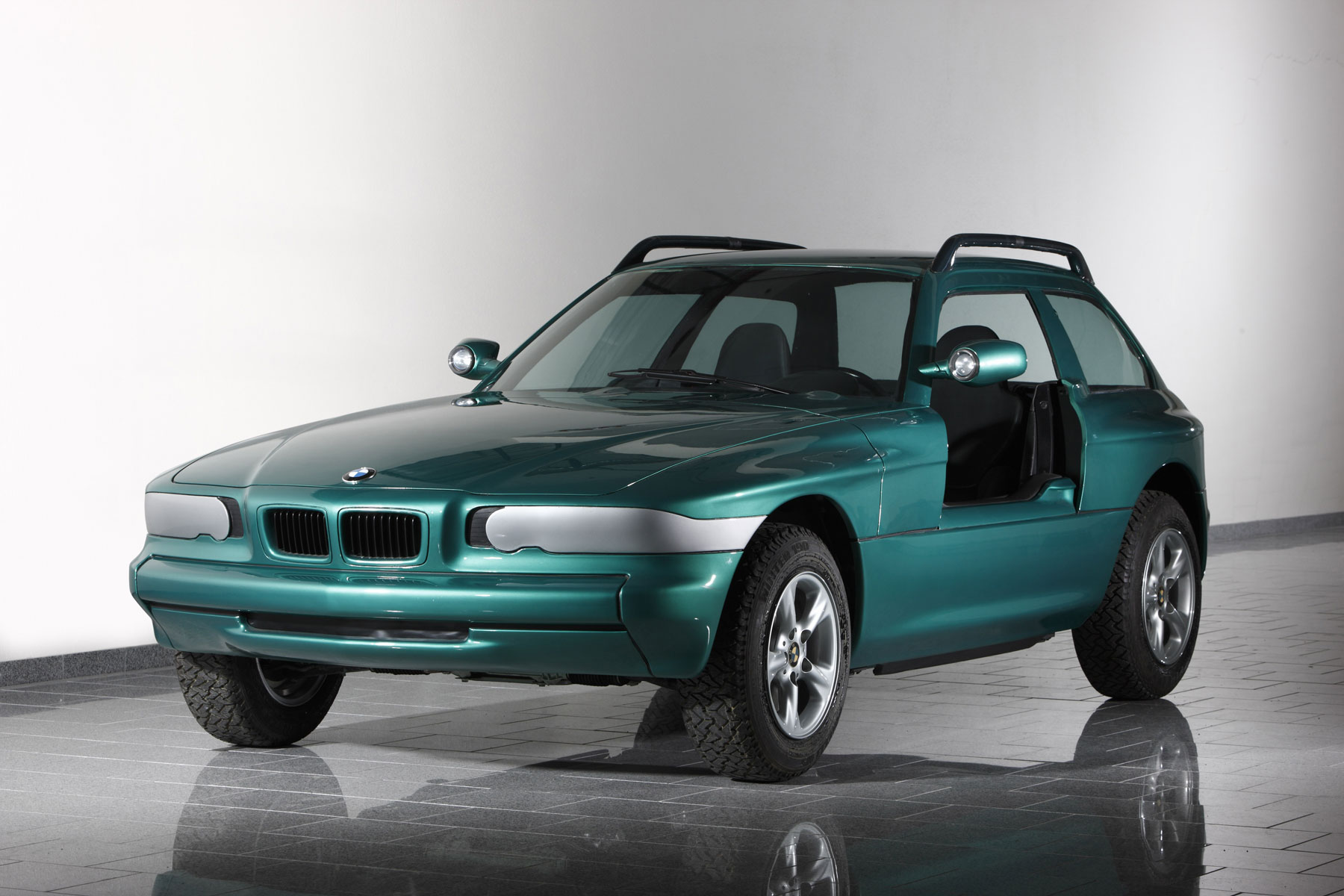
BMW planned four-wheel drive and coupe versions of the Z1, with the latter making it as far as the mock-up stage. Although it never made it beyond a concept, its influence on the future Z3 coupe is clear to see.
BMW Z1 Art Car
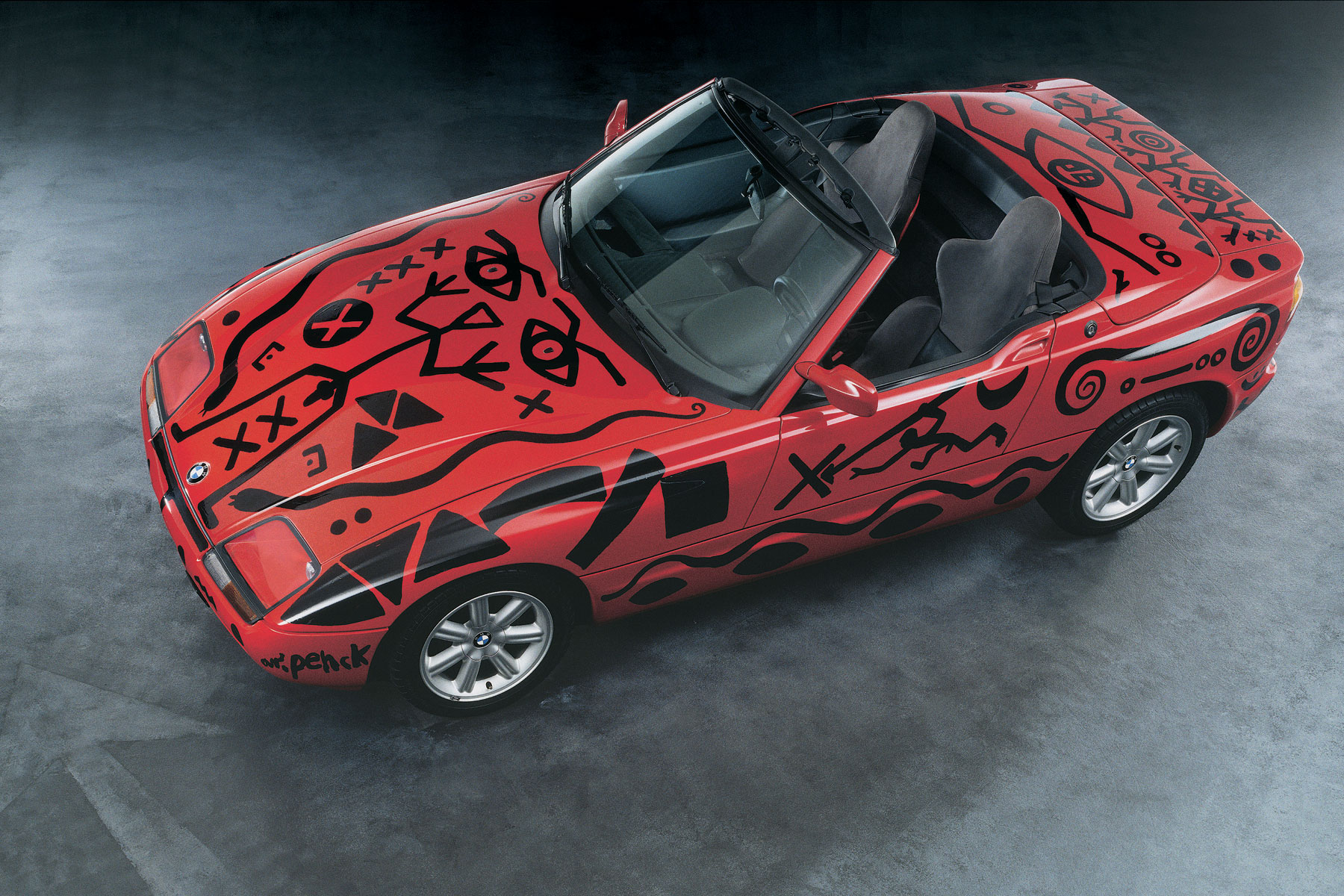
In spring 1991, the artist A.R. Penck adorned a red Z1 with black graffiti, adding another member to the series of BMW Art Cars. Six months earlier, BMW Motorsport had arranged a ‘Z1 adventure tour’ to the south of France, comprising a flight in a helicopter, track time at the Paul Ricard circuit and accommodation in sport hotels.
BMW Z3
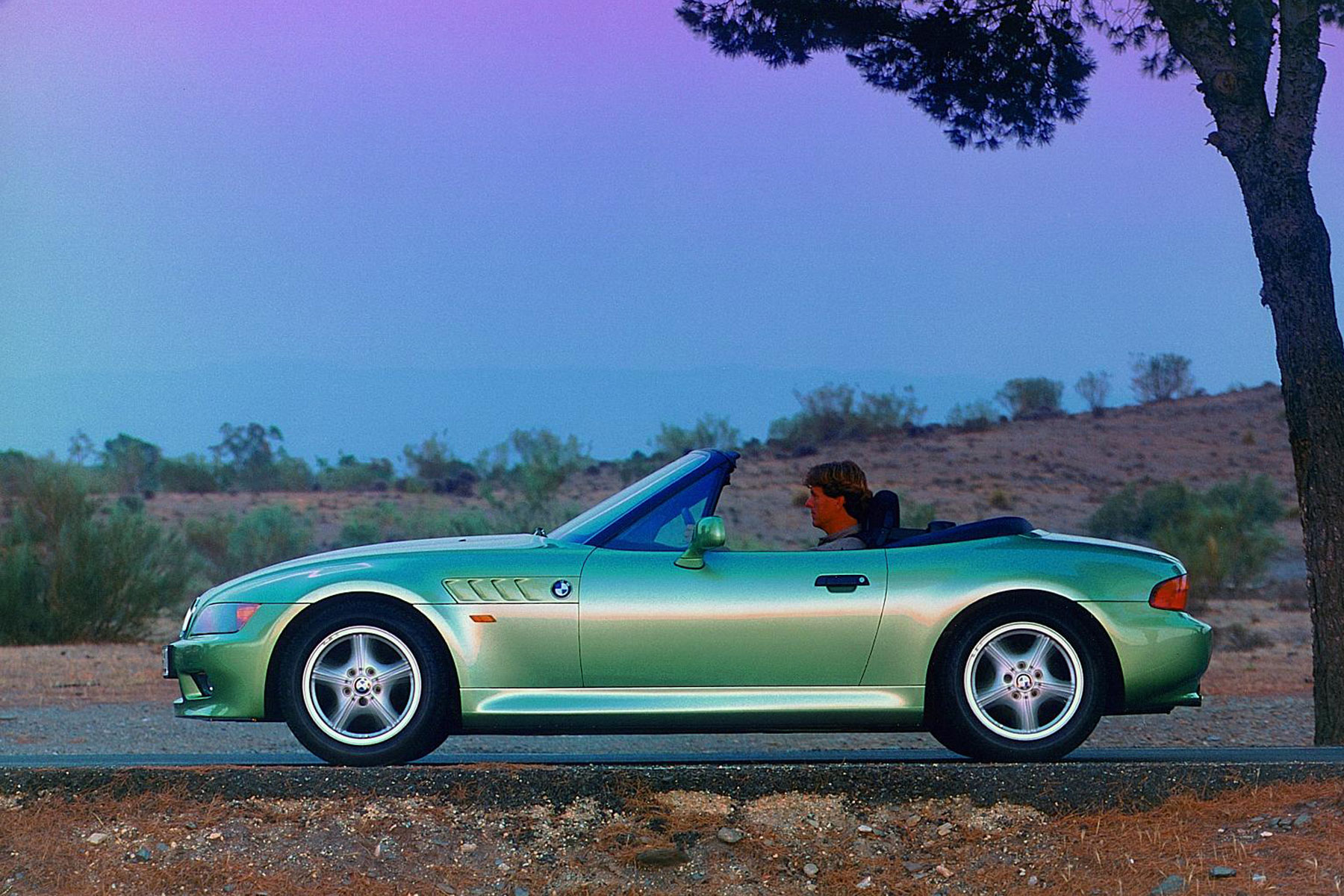
Although development started in 1991, it would be four years before BMW unveiled a successor to the Z1. The Z3 lacked the technical and technological wizardry of the Z1 – normal doors and no Z-axle – but it would it sell in far greater numbers than its predecessor. This was also the first BMW to be built outside of Germany, with Z3 production taking place in an all-new plant in South Carolina.
BMW Z3
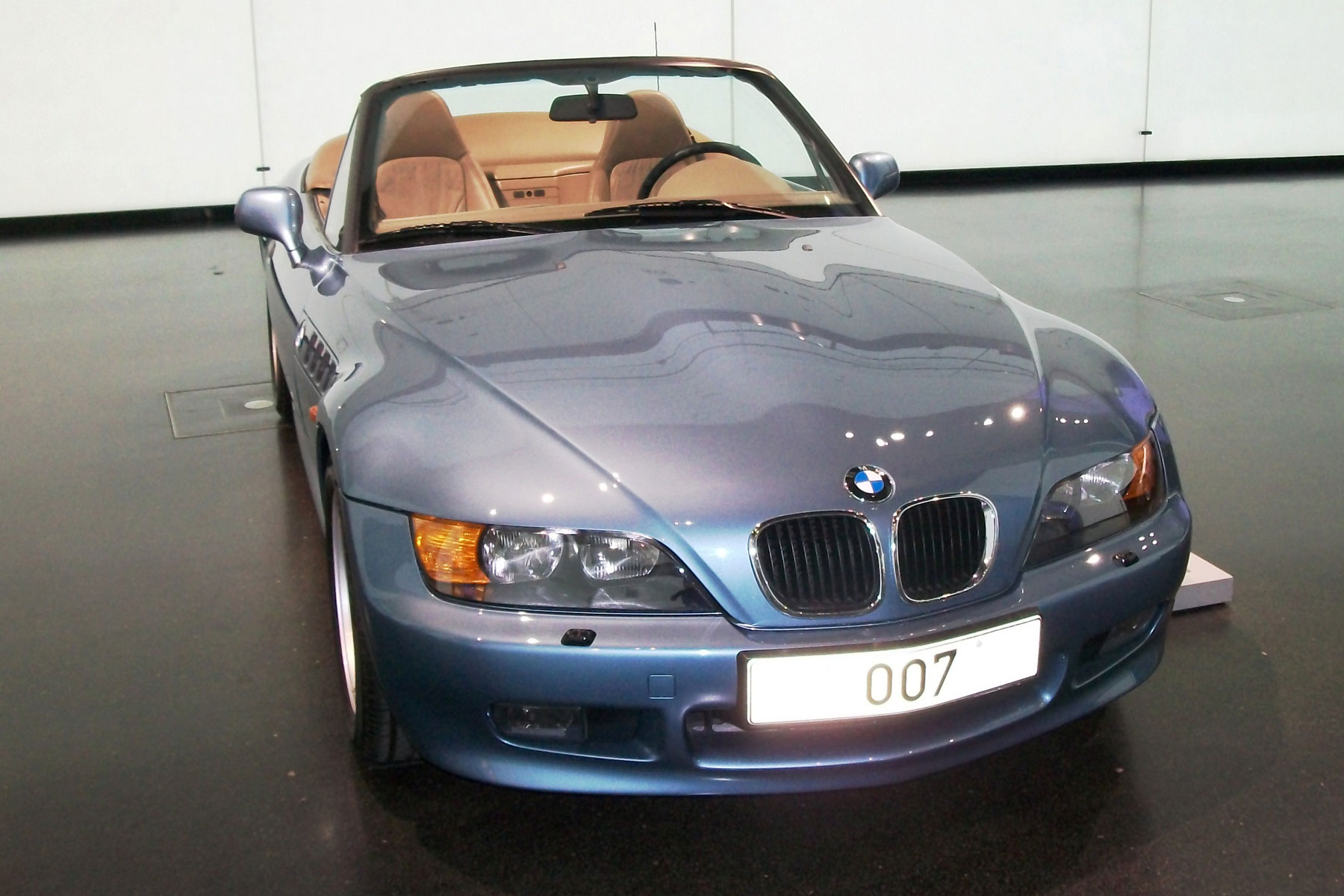
One of the first people to get behind the wheel of the BMW Z3 – and indeed, to even see the new car – was Pierce Brosnan. Under guard, the Z3 was used as a Bond car in Goldeneye, with the producers under strict instructions not to allow anyone other than the film crew to see it. The Z3’s short appearance upset 007 purists: this was the first non-British production car to be used as a key Bond car.
BMW Z3
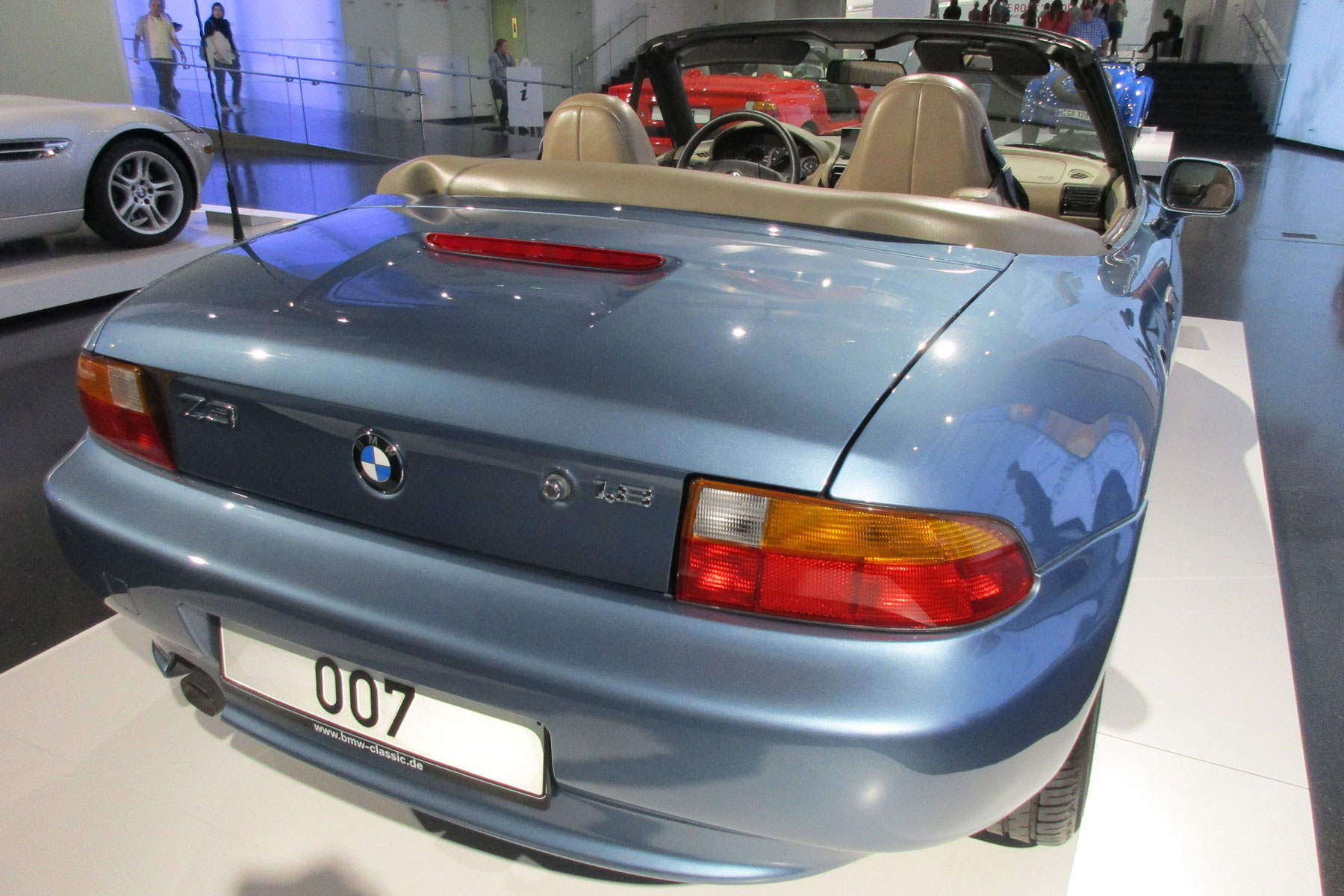
Not that anybody at BMW was in the least bit concerned about traditions and patriotism. The short appearance in Goldeneye helped shift over 300,000 models, and the entire first year’s allocation sold out before the Z3 arrived in showrooms. BMW even built 100 special ‘007 Edition’ cars, with the entire allocation selling out within 24 hours.
BMW Z3
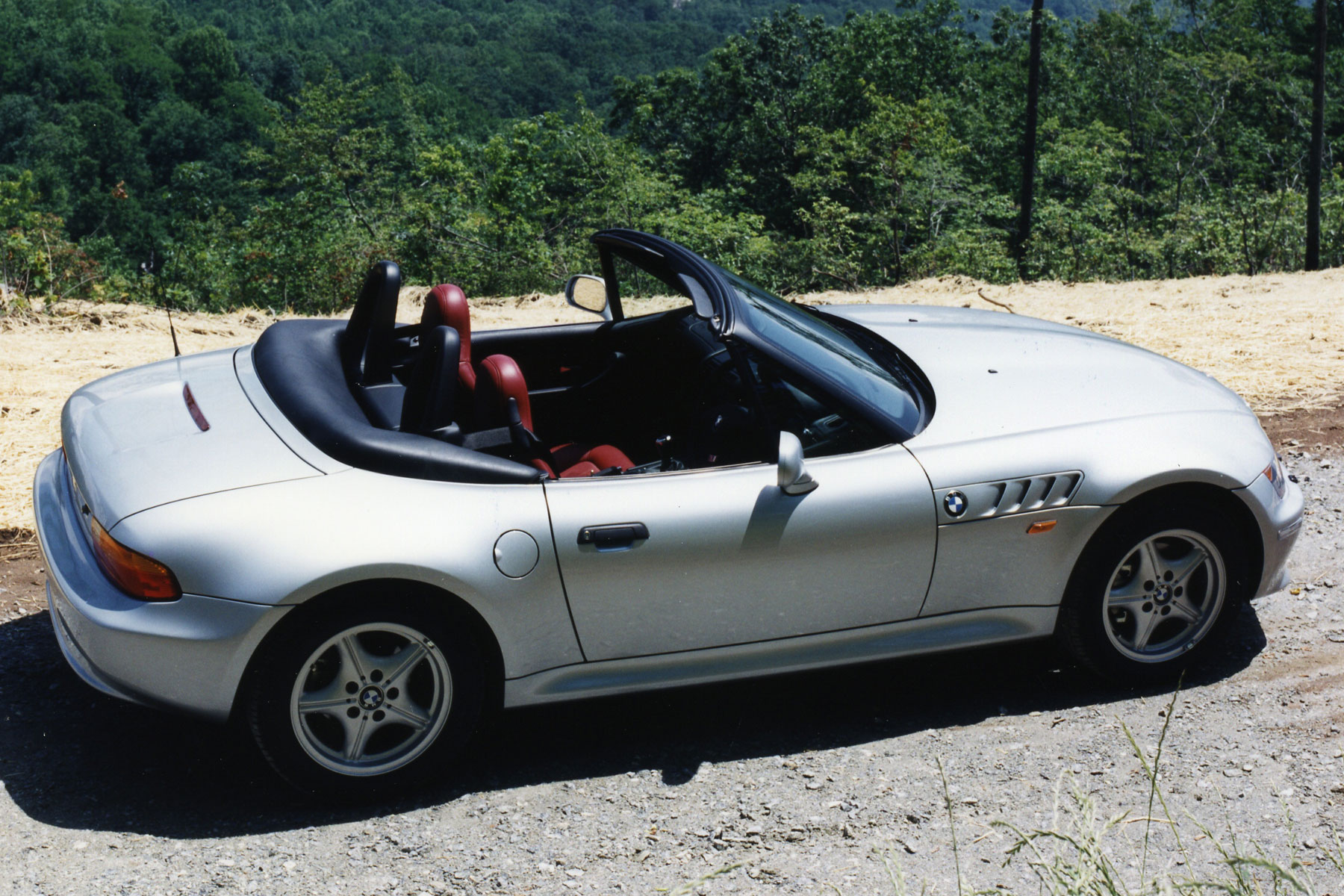
At launch, the Z3 was available with a 1.8-litre engine developing 115hp or a 1.9-litre engine with an output of 140hp. Neither were particularly rapid – the 0-62mph times were 10.5 and 9.5 seconds respectively – which is why BMW added more powerful motors. The 2.2, 2.8 and 3.0-litre engines delivered the power the Z3 needed, but it was never the sharpest sports car on the market.
BMW Z3 M Roadster
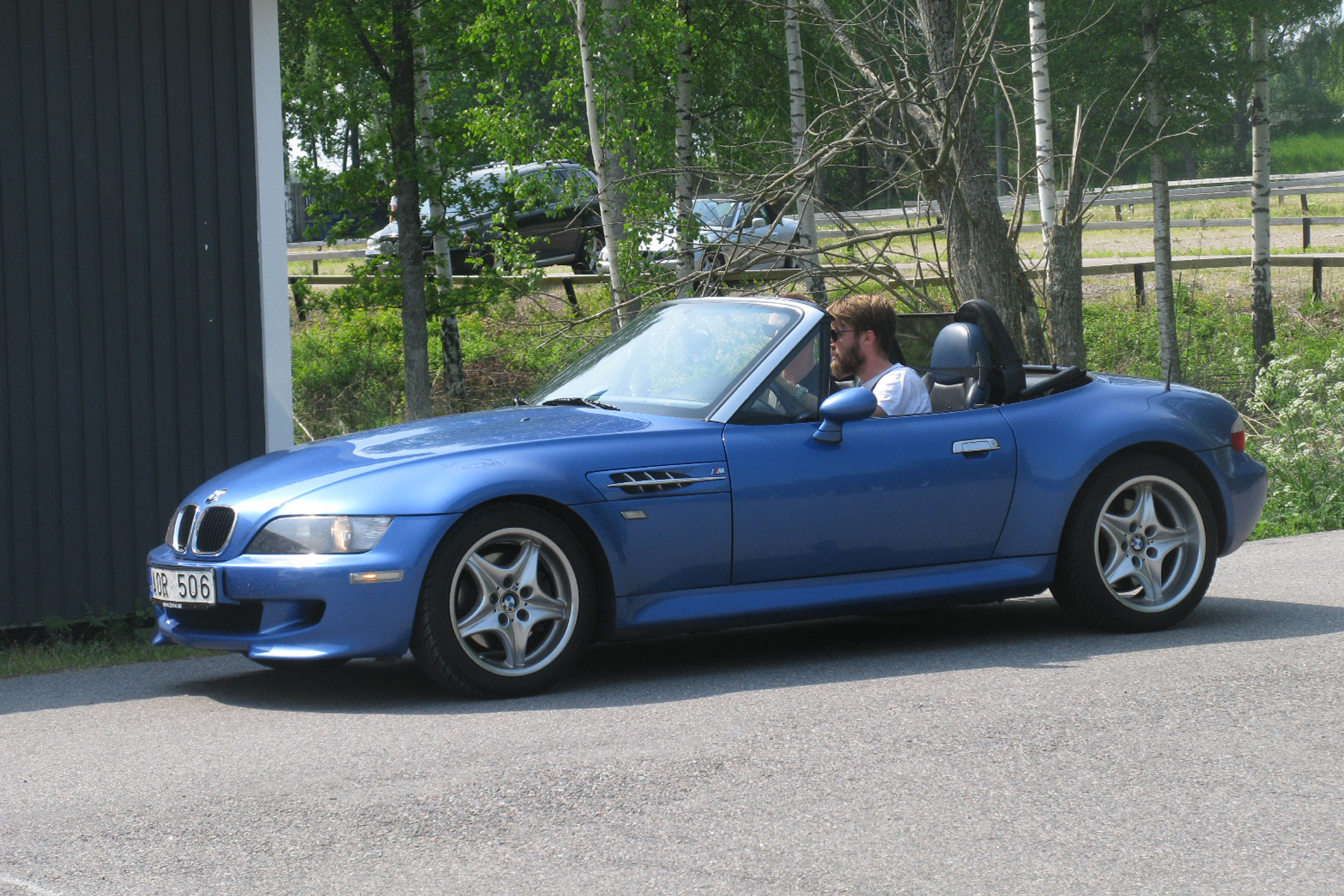
In 1997, BMW launched the Z3 M Roadster with the 321hp 3.2-litre straight-six engine from the M3. It was like a regular Z3 pumped full of testosterone: huge wheels, flared arches and mirrors and dials exclusive to the M were just some of the upgrades. In truth, it couldn’t quite handle all that power, while the absence of traction control in the early cars meant that it needed to be treated with respect.
BMW Z3 M Coupe
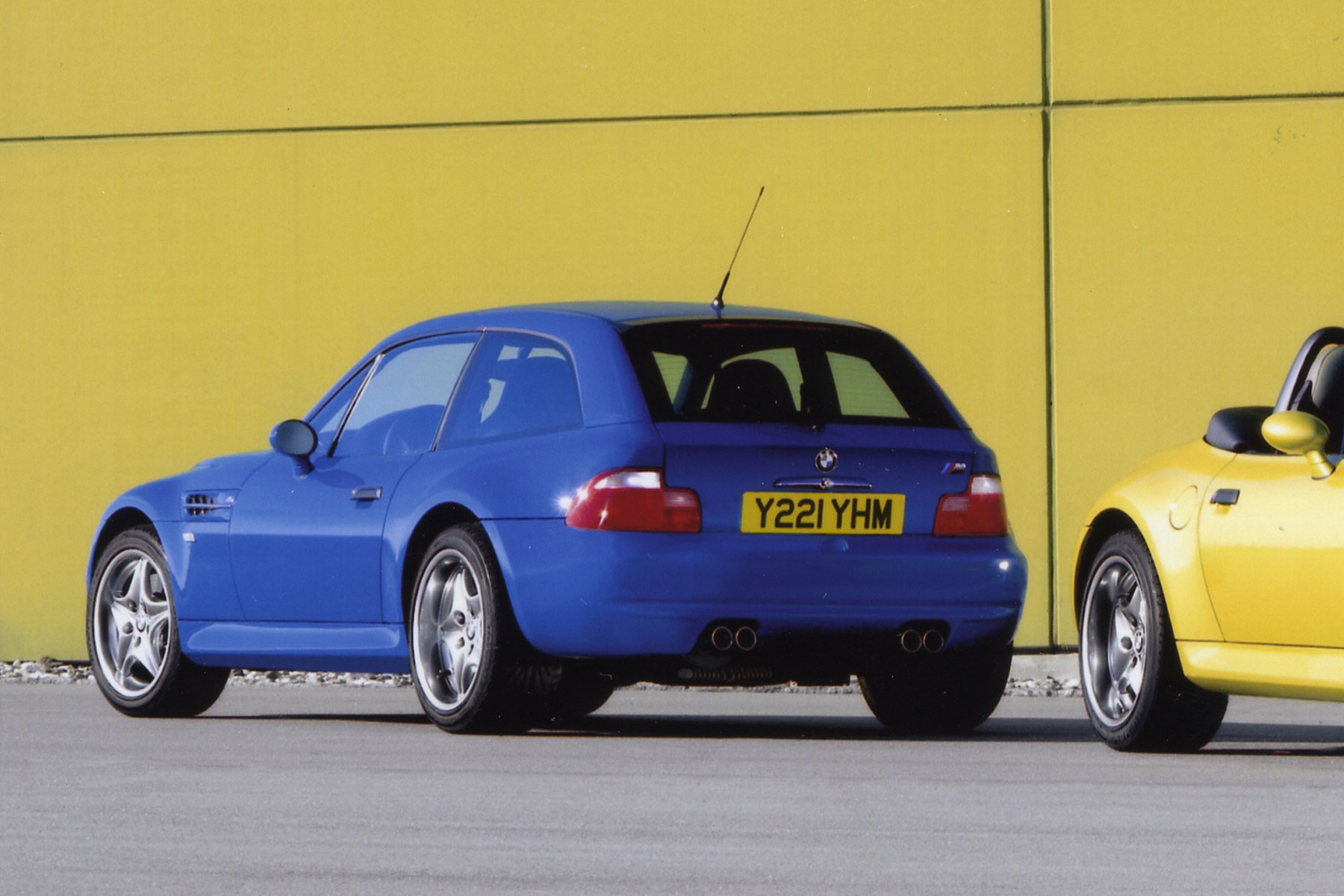
If the Z3 M Roadster was a bit of a letdown, the Z3 M Coupe felt anything but. The styling still divides opinion, but the roof improved torsional rigidity, doing wonders for the handling, while the ‘breadvan’ rear-end added some additional practicality. The Z3 M Coupe is, without a doubt, the ultimate Z3 and prices have been on the rise for a while.
BMW Z8
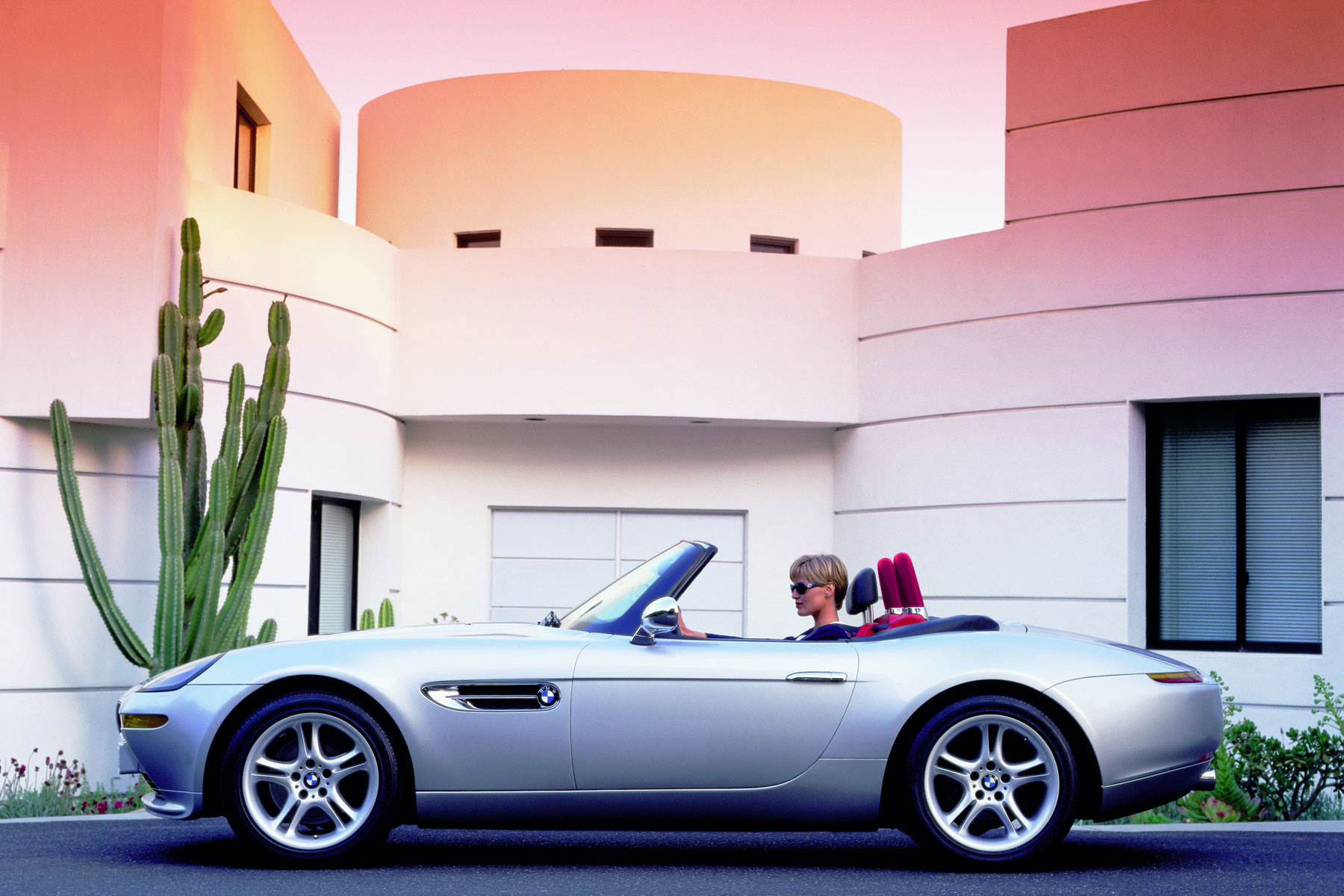
In 1999, BMW paid homage to the 507 in the form of the Z8. Power was sourced from a 5.0-litre V8 engine producing 400hp, which was mated to a six-speed manual gearbox. Much like the Z3, it wasn’t the ultimate driving machine BMW would have you believe, but it has become a collector’s item, with good, low-mileage examples changing hands for big money.
BMW Z8
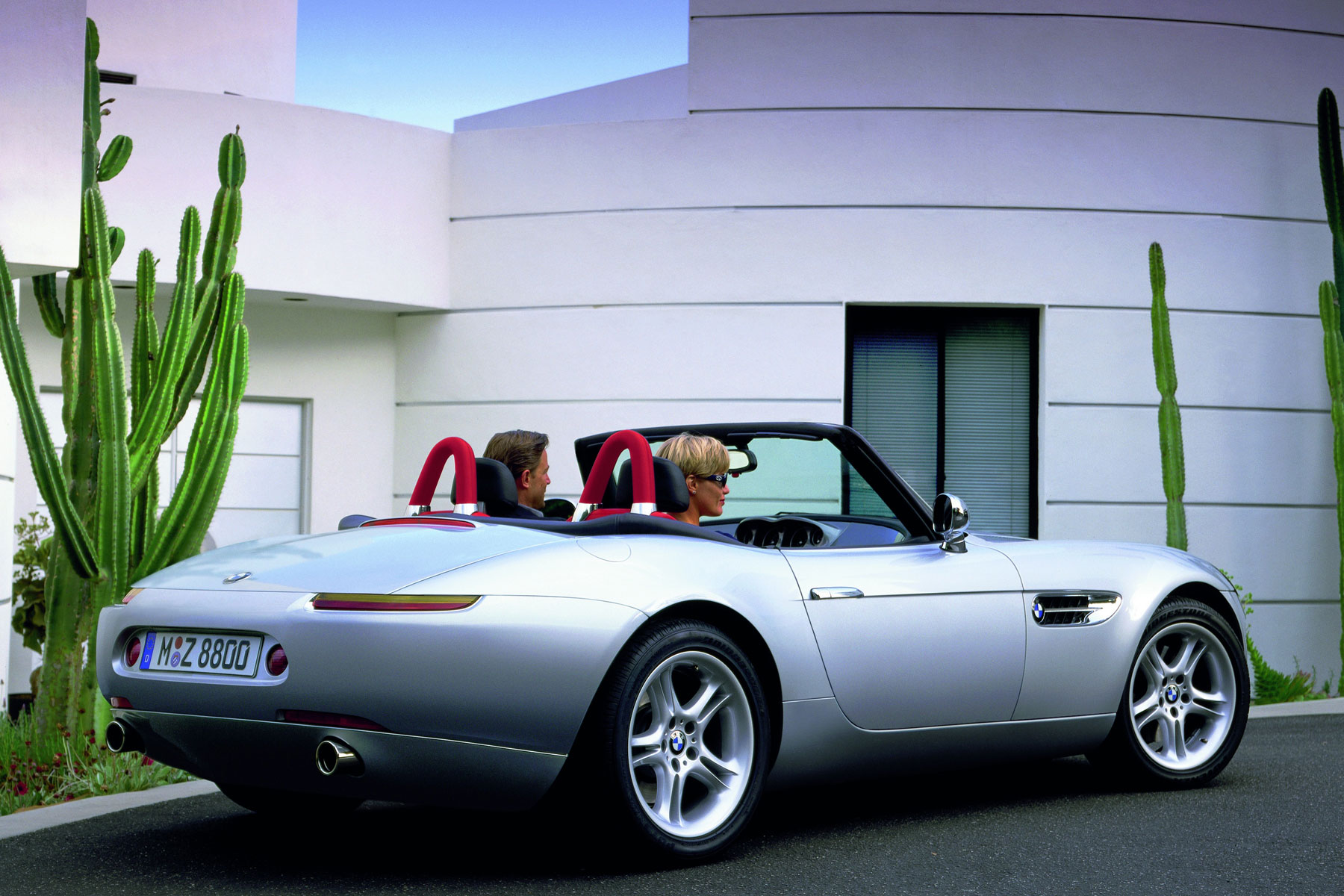
For the critics, the Z8’s biggest problem was its lack of a clear identity. Sure, it looked glorious, with its retro undertones, but was it designed to be a lazy boulevard cruiser or a B-road weapon? Today, the Z8 is appreciated for its styling penned by Henrik Fisker and its M5-sourced 5.0-litre V8 engine.
BMW Z8
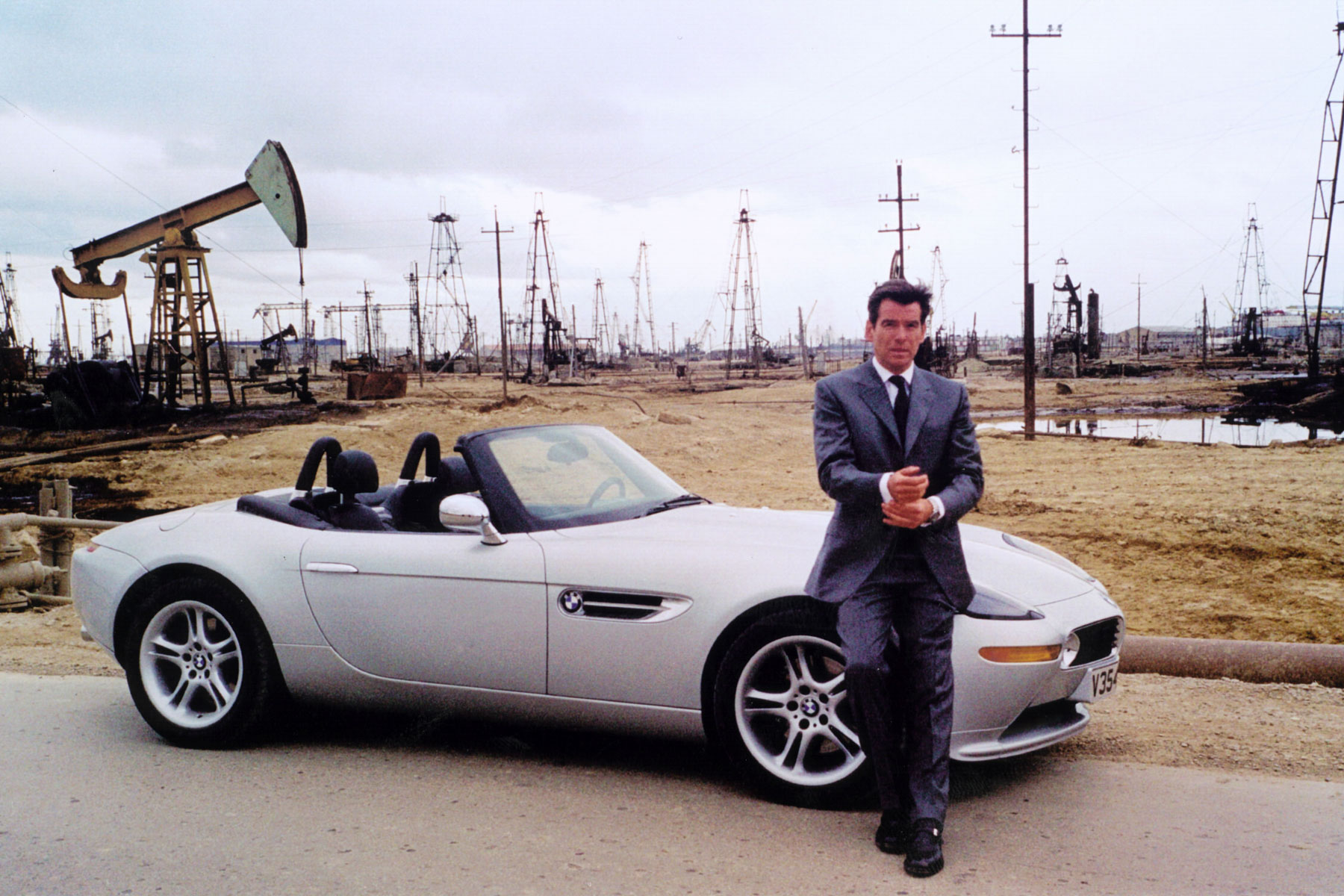
Once again, James Bond was on hand to thrust a new BMW into the limelight. The Z8 enjoyed more screen time than the Z3, appearing multiple times in The World Is Not Enough, although it met a rather cutting end courtesy of a circular saw. No Z8s were harmed during filming: the car of two halves was created using a Corvette engine and a kit-car chassis.
BMW Alpina Roadster V8
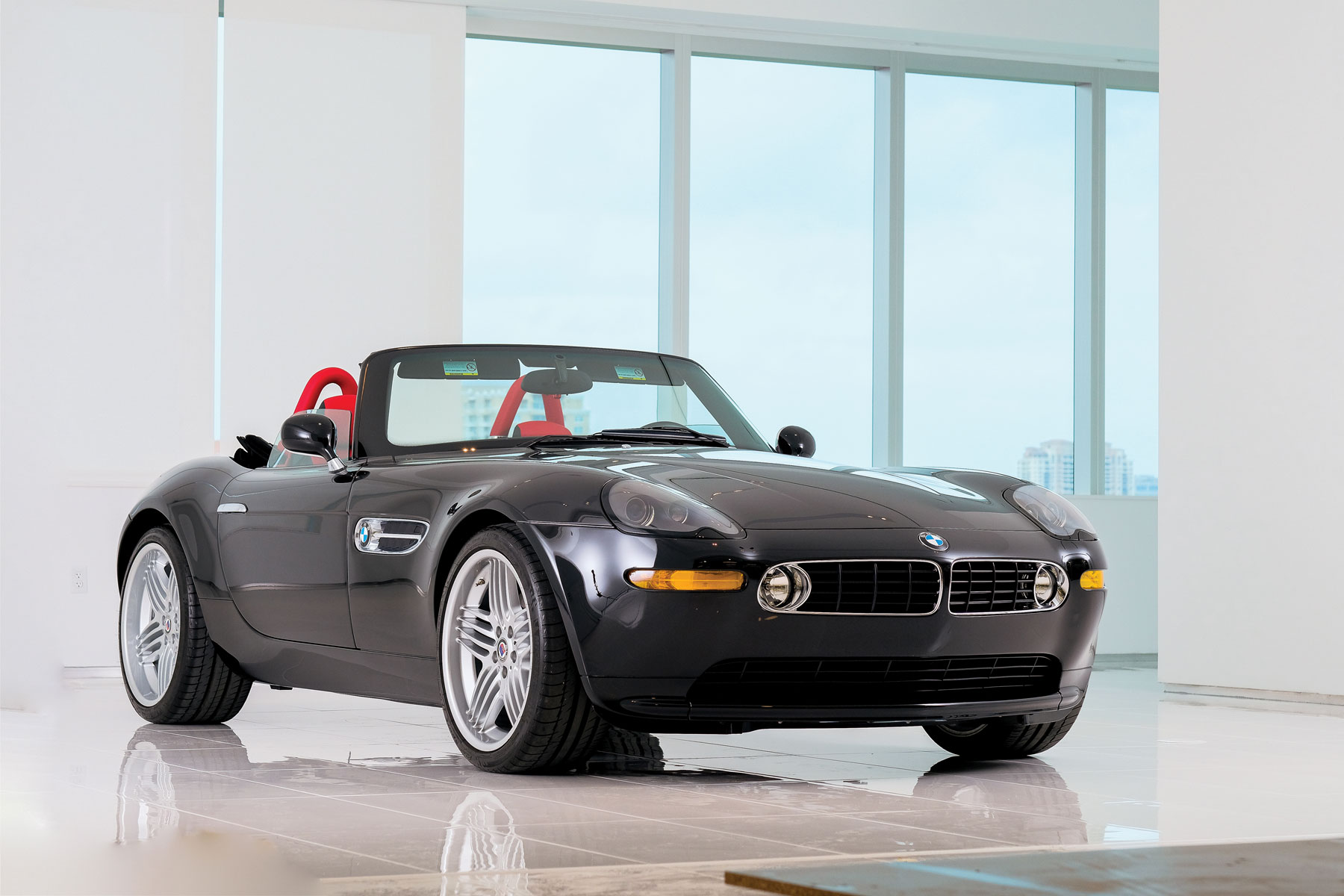
Alpina has worked its magic on BMW Z cars, including the Z1 and Z4. But its best work was reserved for the Z8, which became the Alpina Roadster V8. A 4.8-litre V8 engine was fitted in place of the standard car’s 5.0-litre unit, with the manual gearbox replaced by a ZF automatic transmission. It produced 381hp and delivered a more relaxed and smoother drive. Just 555 were built, all left-hand drive. This example sold at the RM Sotheby’s Monterey sale for $400,000.
BMW Z4 (E85)
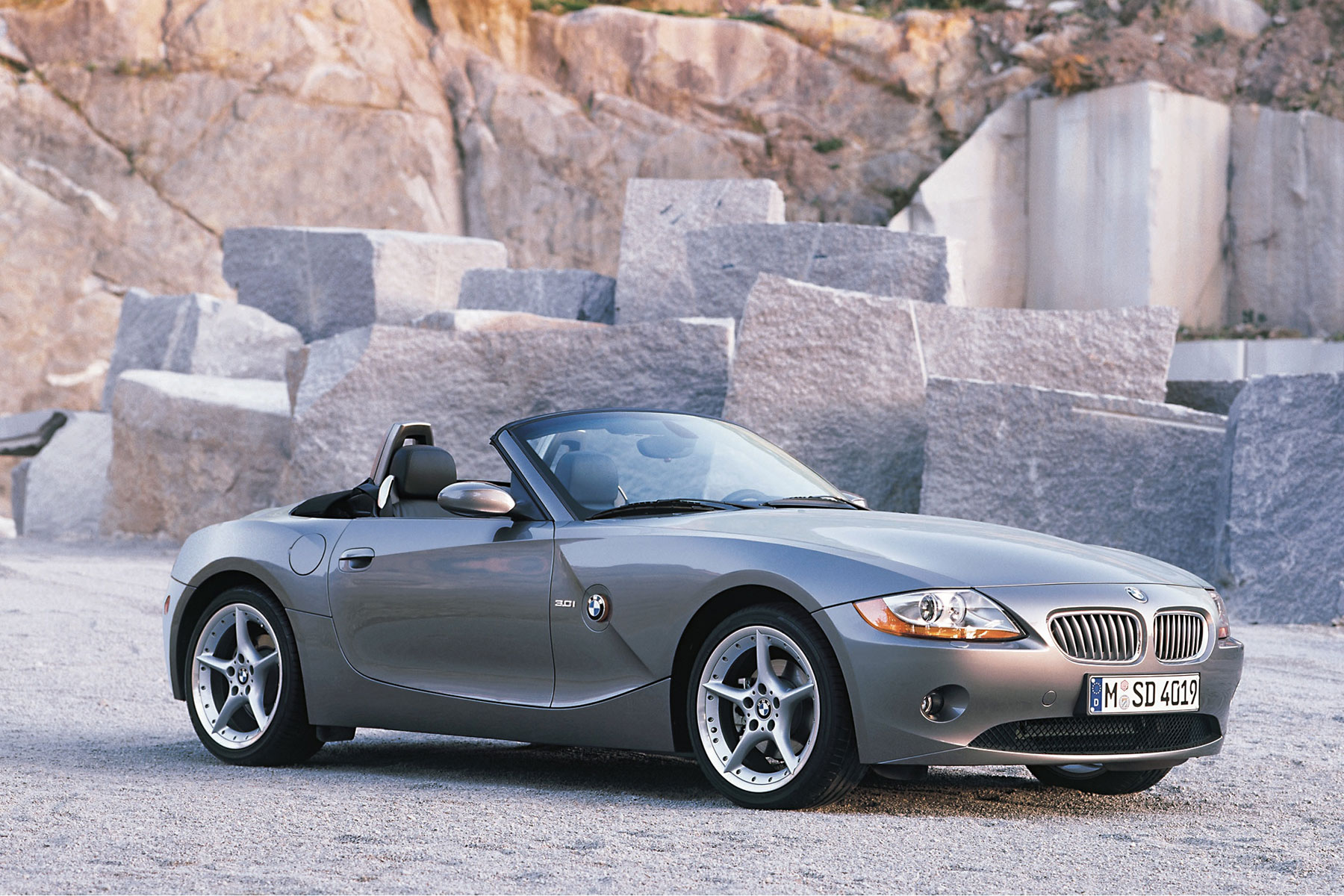
The BMW Z4 was unveiled at the 2002 Paris Motor Show, with power sourced from a choice of two straight-six engines: a 3.0-litre producing 231hp and a 2.5-litre with an output of 192hp. The styling was penned by Danish designer Anders Warming under the direction of Chris Bangle, with production handled by the factory in South Carolina. The Z4 Coupe was launched as a concept at the 2005 Frankfurt Motor Show before a production version was unveiled at the 2006 New York Motor Show.
BMW Z4 M Roadster and Z4 M Coupe
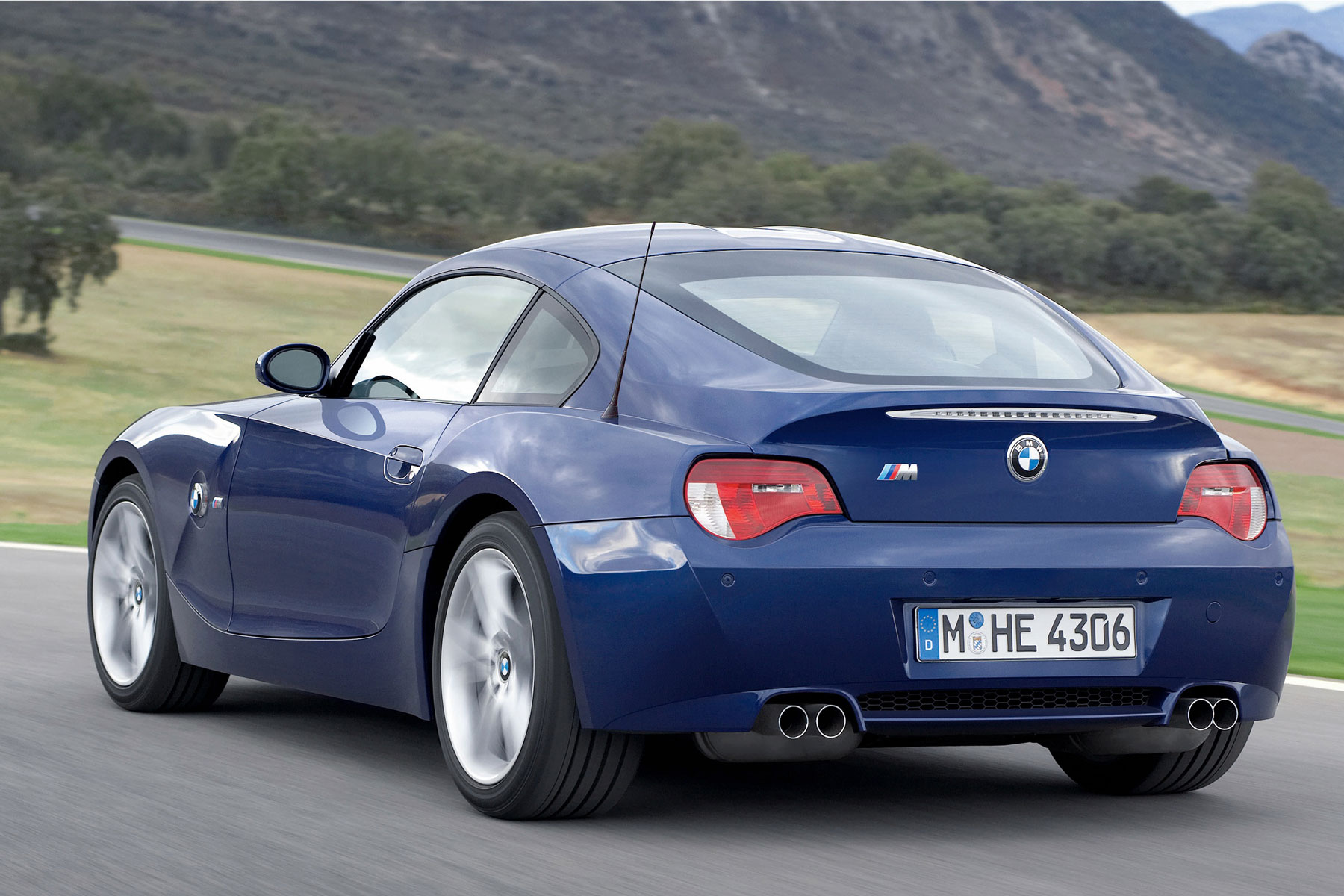
The Z4 M Roadster and Z4 M Coupe also arrived in 2006, with power sourced from the six-cylinder engine from the BMW M3. With 343hp available, the Z4 M could hit a top speed limited to 155mph.
BMW Z4 GT3
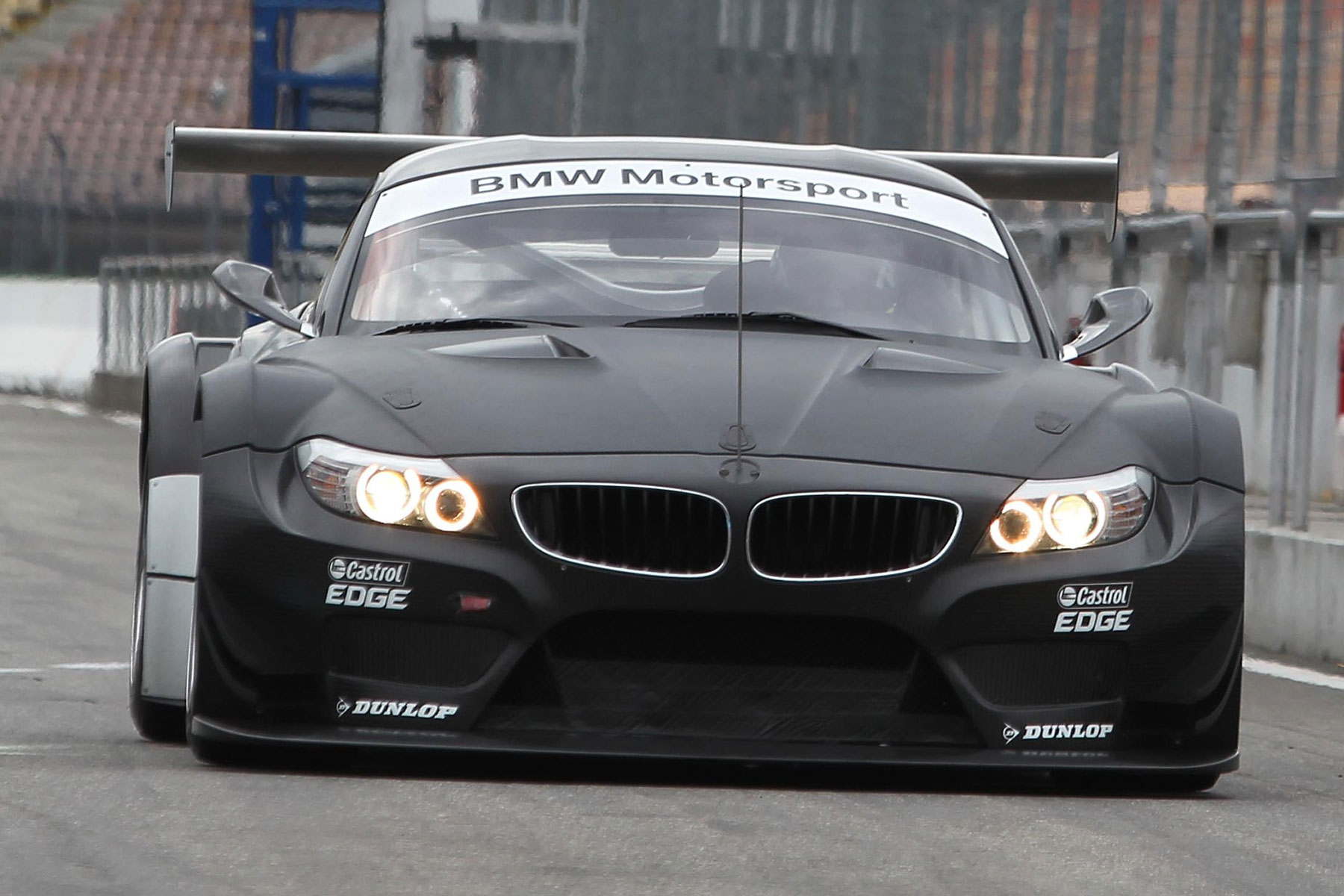
BMW built a dozen works racing cars using the Z4 M Coupe, with the engines tuned to produce 430hp. The Z4 won 11 of the 16 races in the VLN Endurance Racing Championship in 2009 and 2010, and spawned a successor in the form of the Z4 GT3. This car produced 515hp from its 4.4-litre V8 engine.
BMW Z4 (E89)
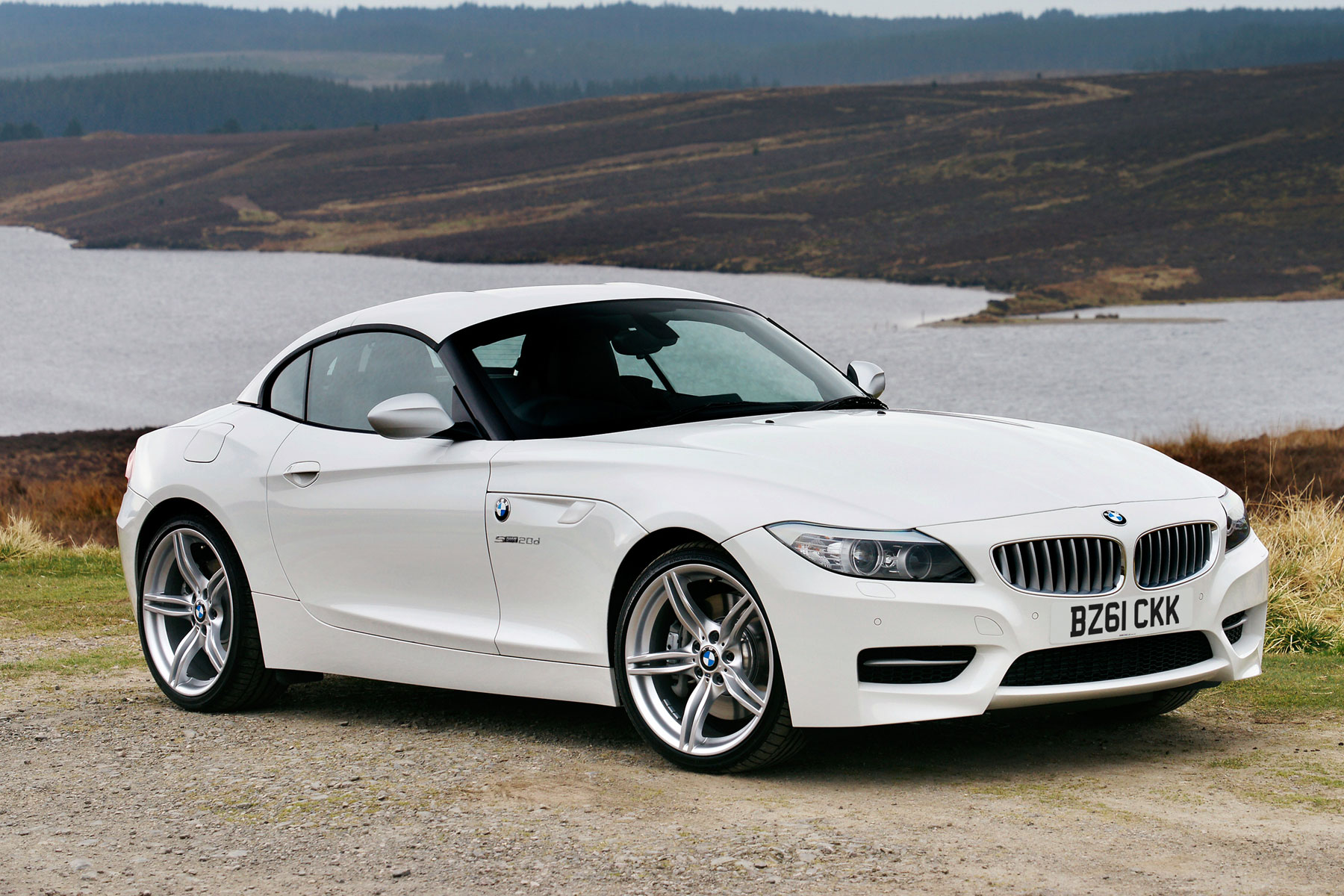
The second-generation Z4 launched in spring 2009, with the big news being that this was the first Z car to use a retractable folding hardtop roof. As a result, there was no longer a need for separate roadster and coupe versions of the car.
BMW Z4 Zagato Roadster and Coupe
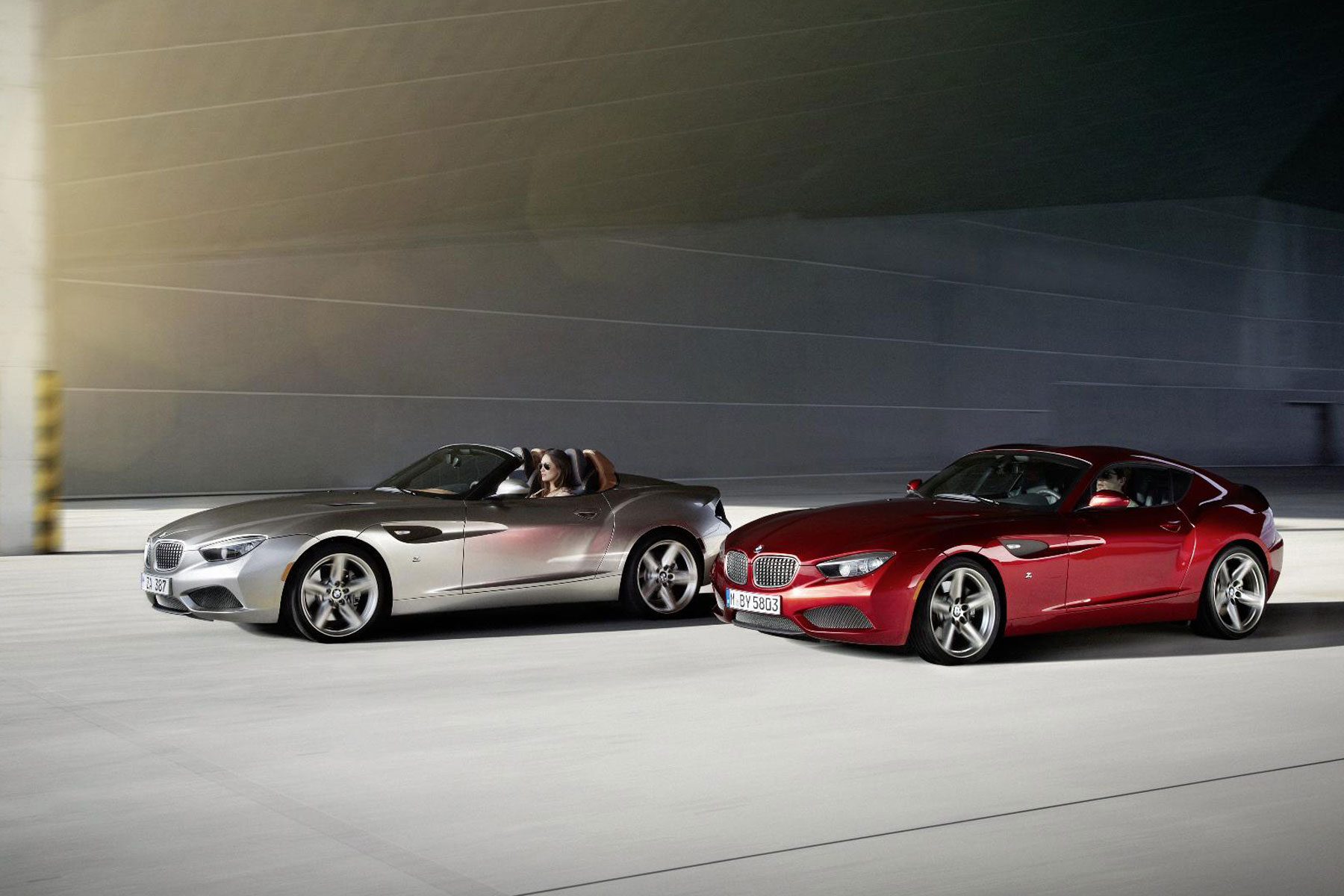
In 2012, BMW and Zagato collaborated on two special editions, one launched at the Concorso d’Eleganza Villa d’Este and the other at the Pebble Beach Concours d’Elegance. The Zagato Roadster took just six weeks to create and highlights included the rear lights set behind black tinted glass, paintwork designed to look like a cloak of liquid metal, and 19-inch alloy wheels.
BMW Z4 GTE
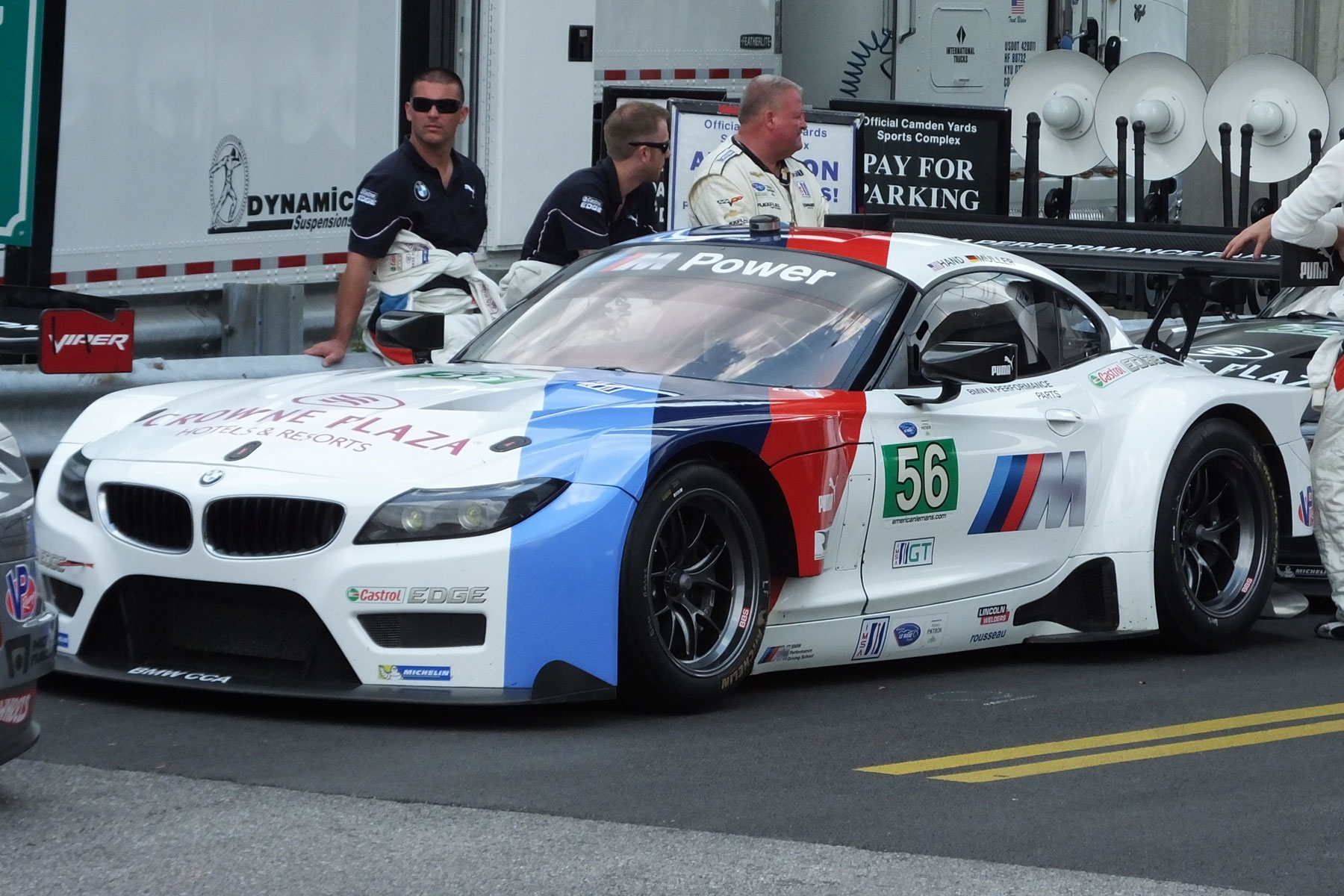
In July 2012, BMW began working on the Z4 GTE, the successor to the Z4 GT3. Designed for the American and European Le Mans Series, the GTE used the same 4.4-litre V8 engine as the GT3, with the new car showcasing revised aerodynamics. It made its debut at the 2013 12 Hours of Sebring and raced until 2015.
BMW Z4 (G29)
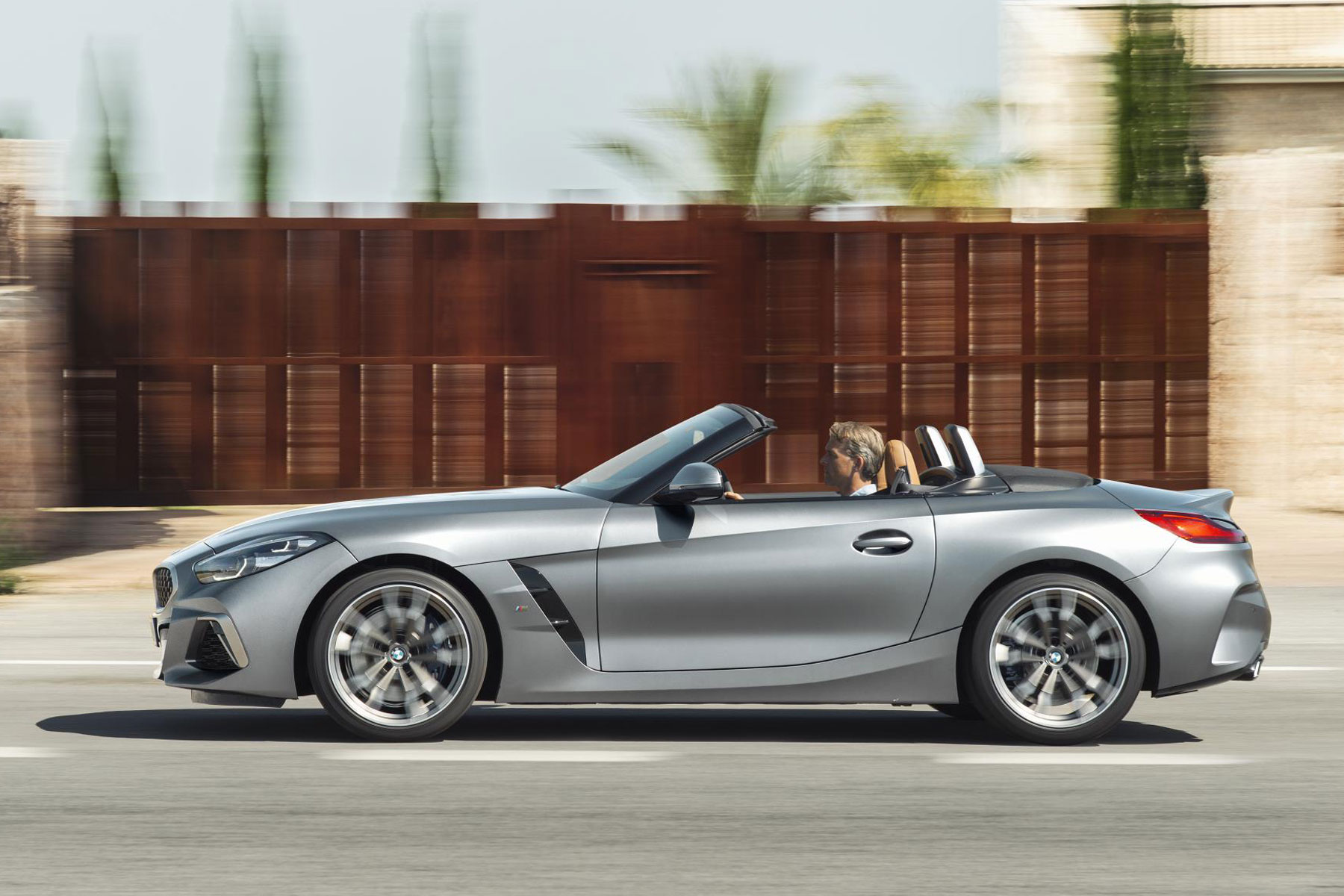
That’s the history, but what of the future? The new BMW Z4 roadster made its global debut during Monterey Car Week before making its first European appearance at the 2018 Paris Motor Show. Developed in conjunction with Toyota, the cumbersome folding hard-top roof has been ditched, with the Z4 reverting back to a folding soft-top. As a result, the new car will be lighter and, we hope, better to drive. Time will tell…
Read more:
New 2019 BMW Z4 revealed at Pebble Beach
The history of the BMW 3 Series
New 2019 BMW 3 Series: everything you need to know